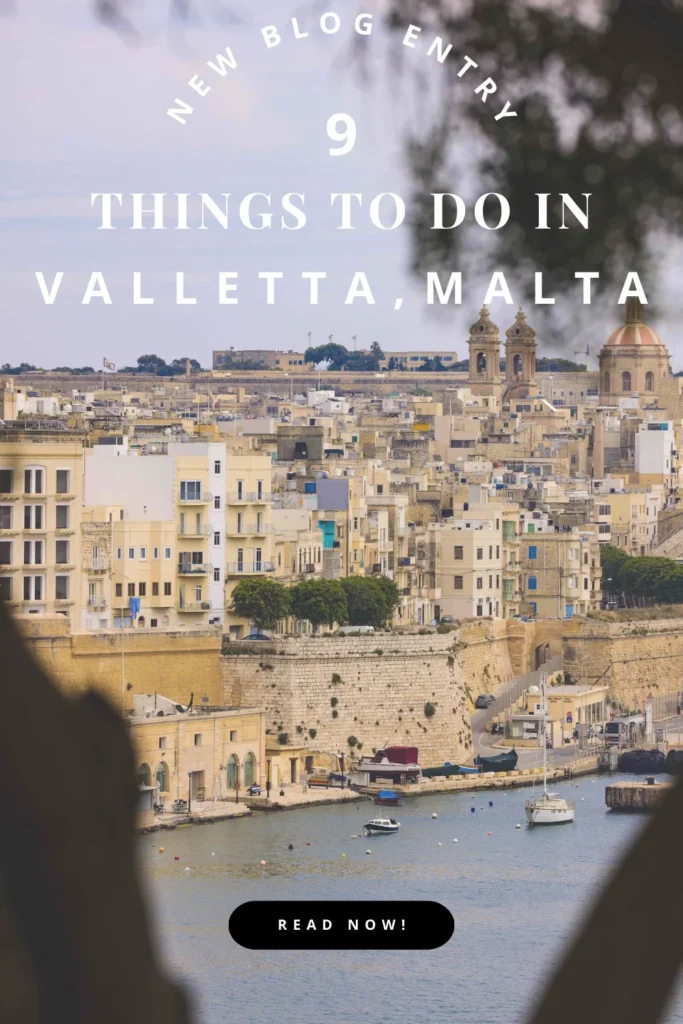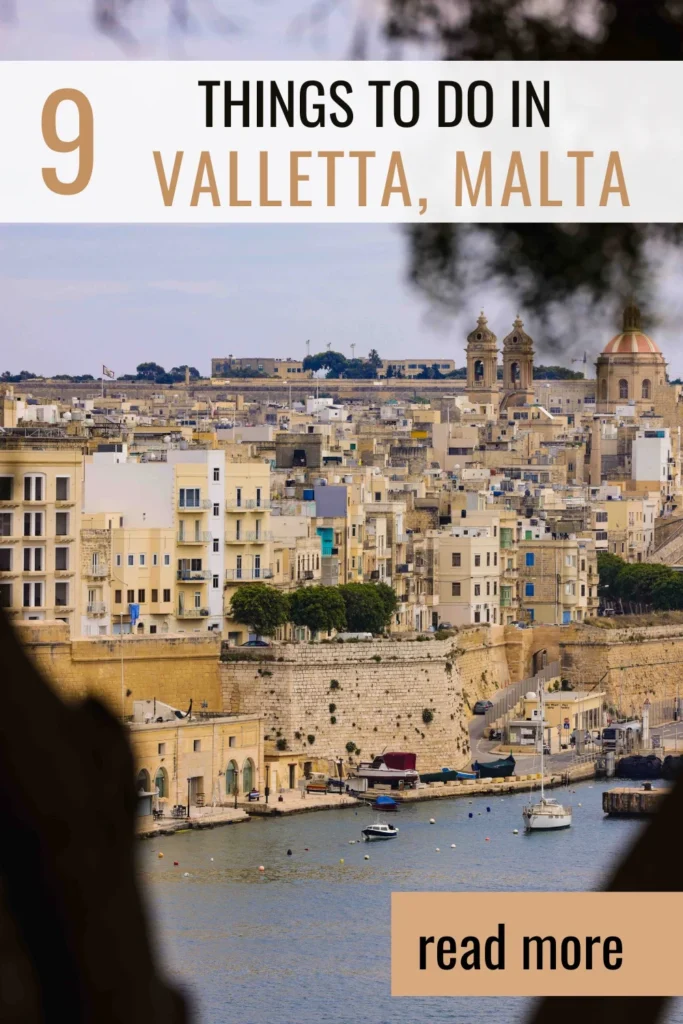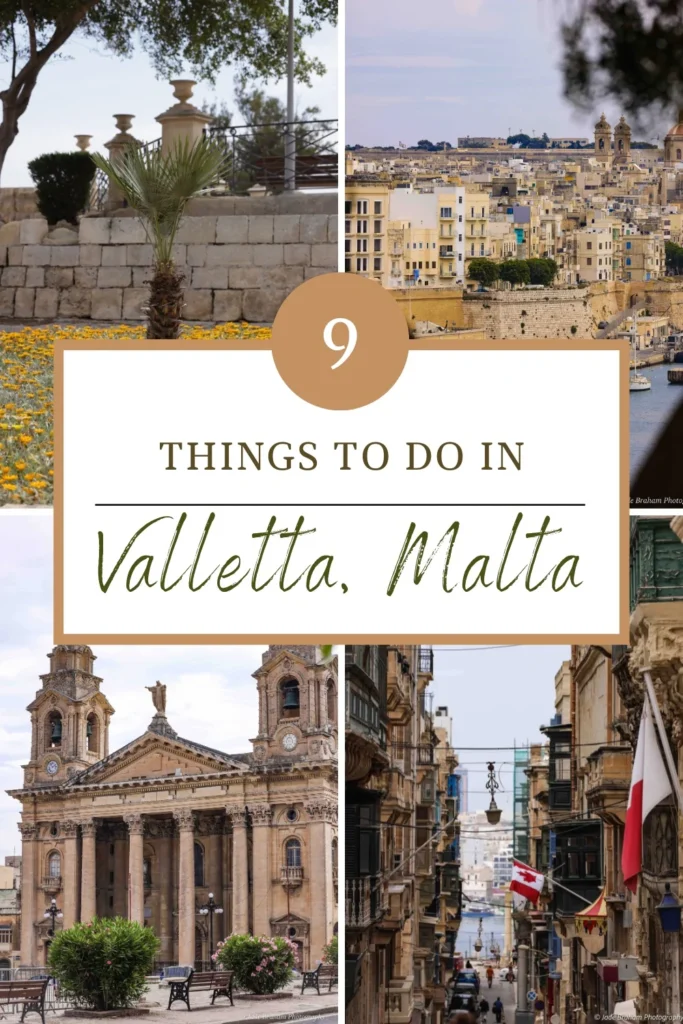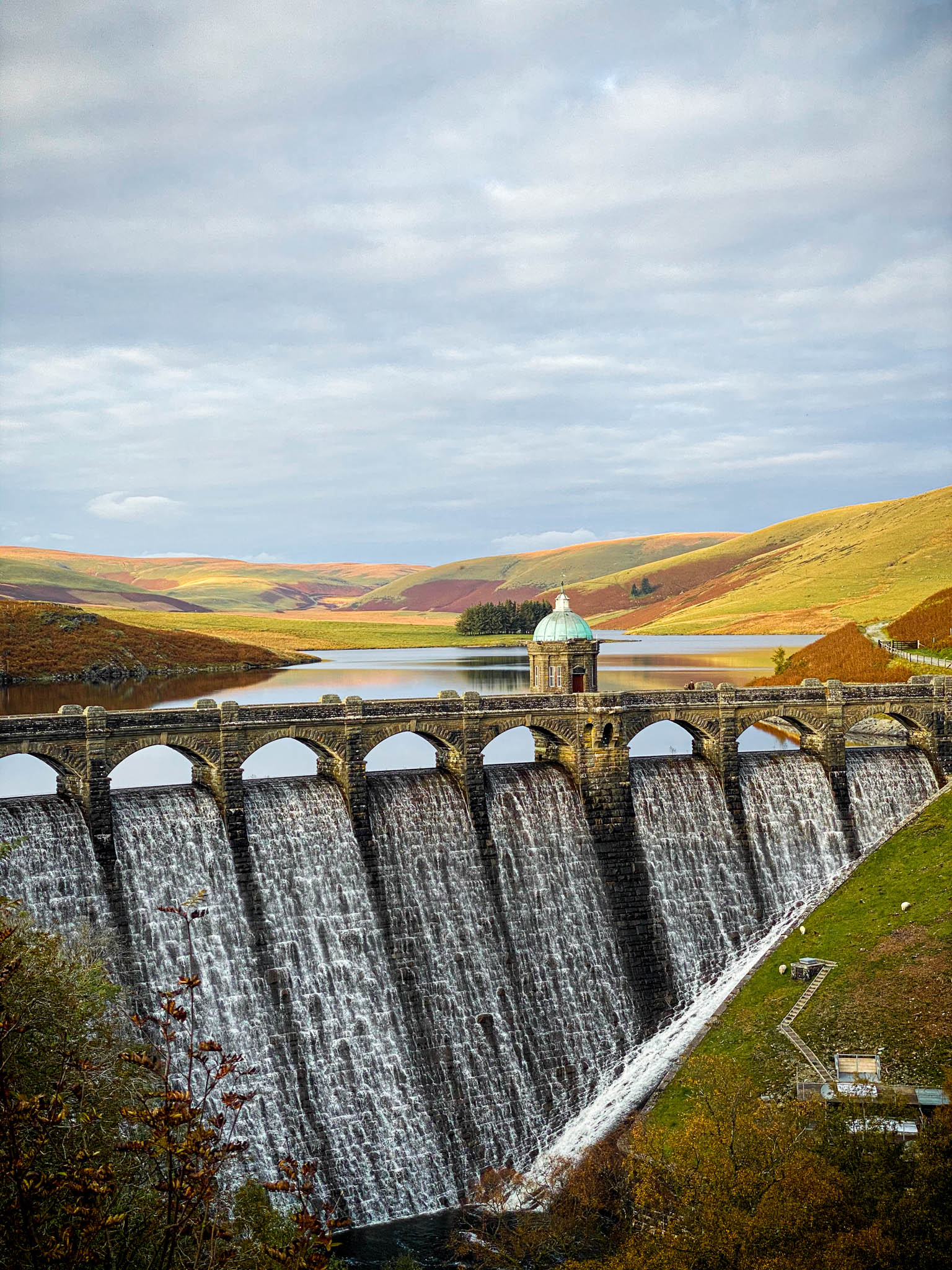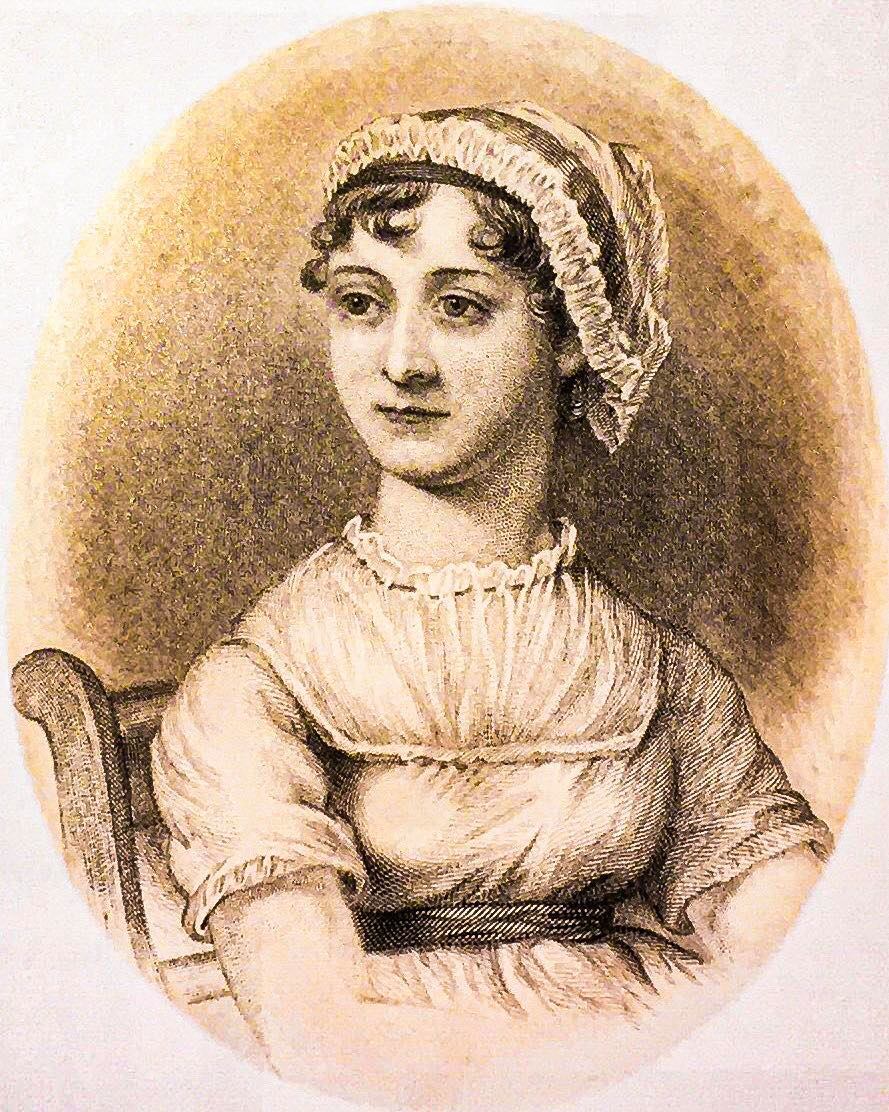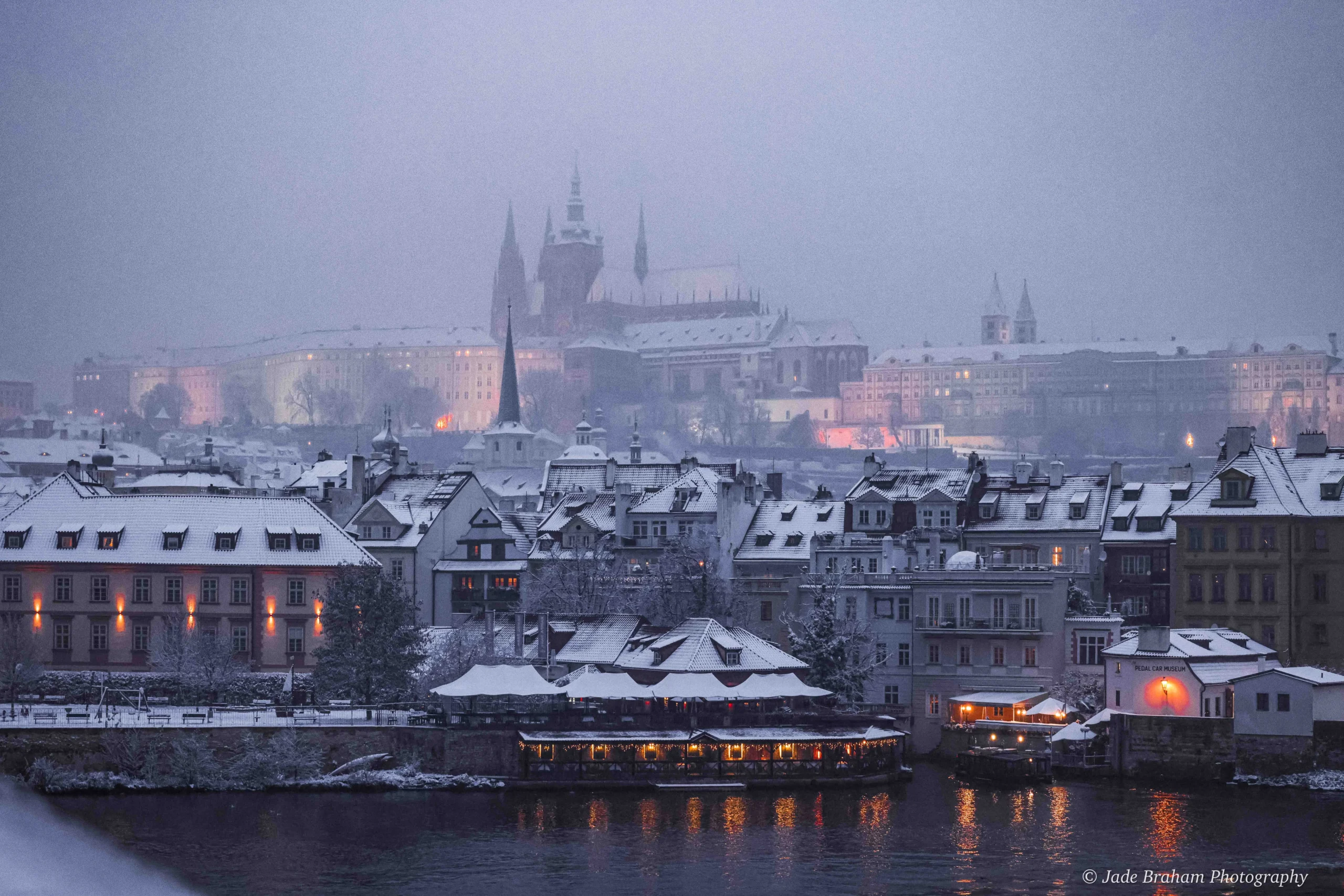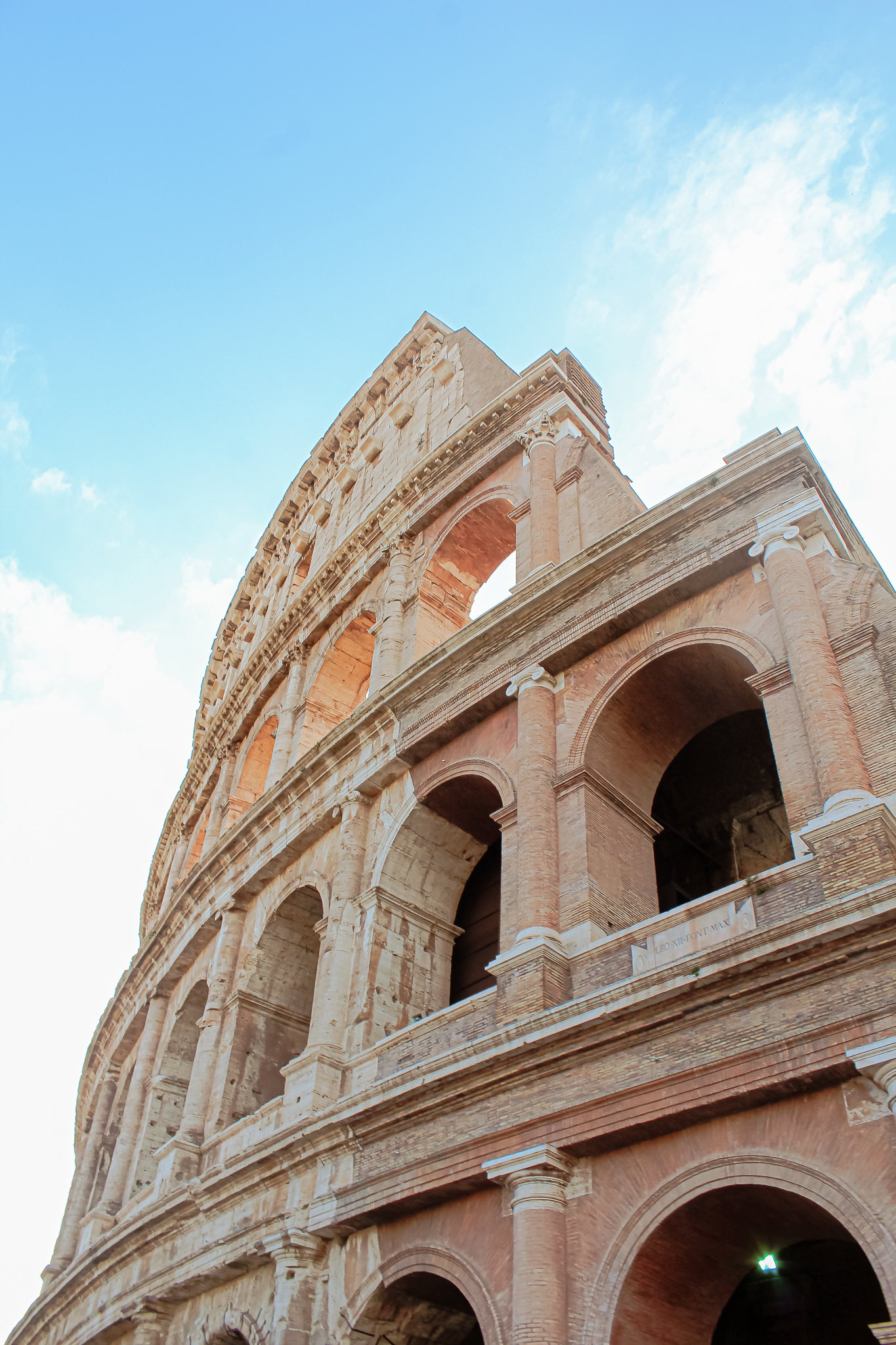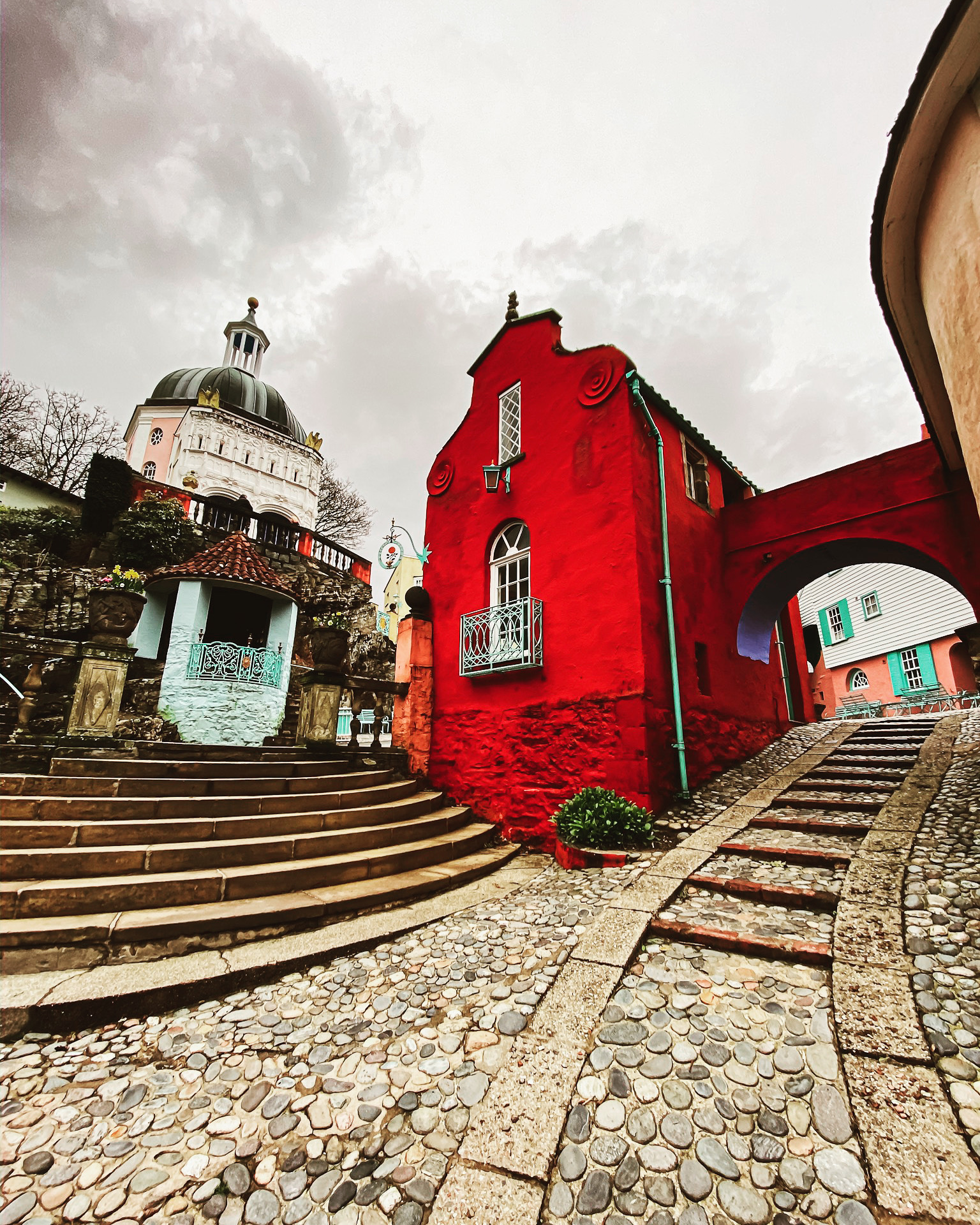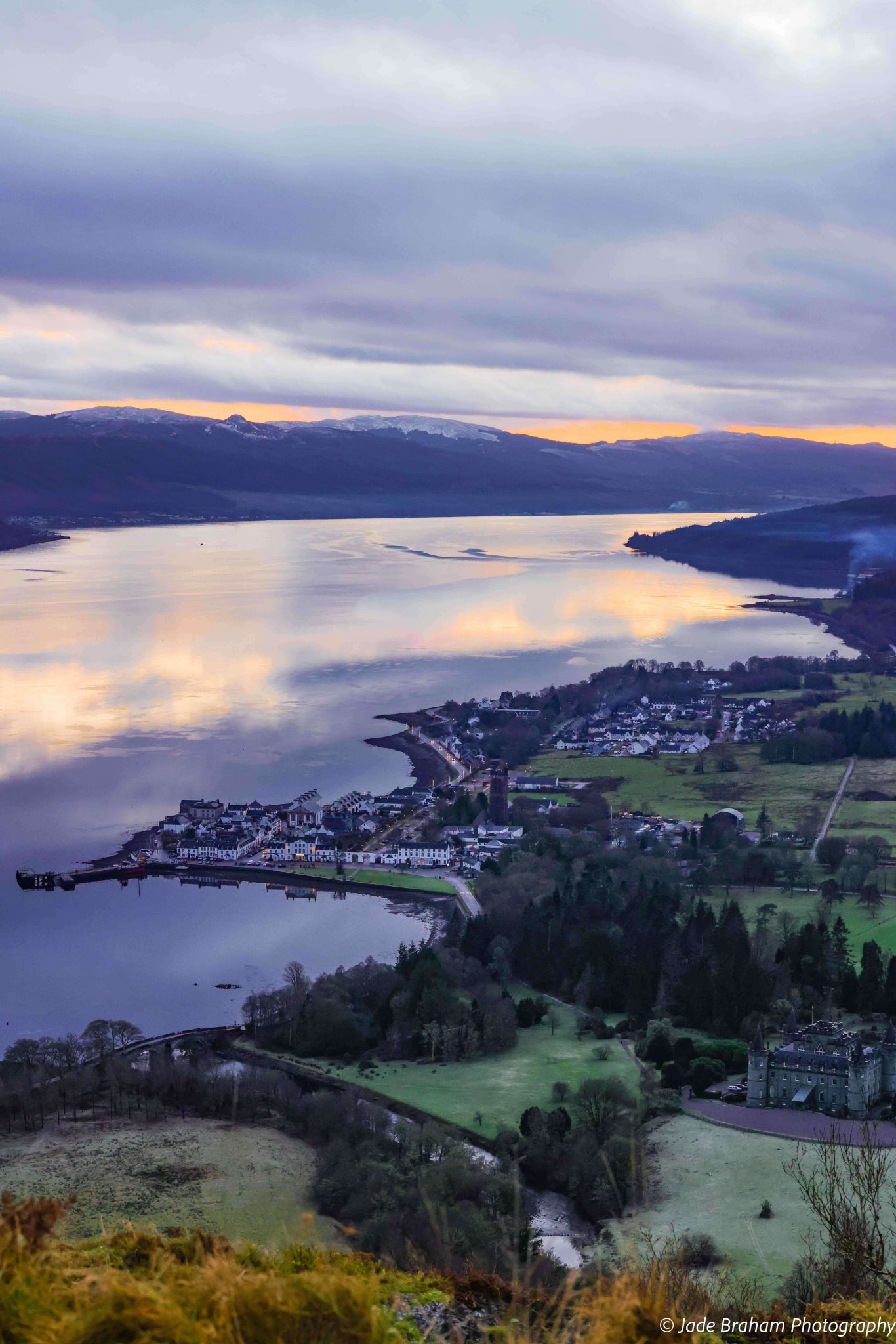Top Things to Do in Valletta: 2-Day Malta Itinerary 2024
Valletta is Malta’s shining but minute capital city between imposing bastion walls and the glistening Mediterranean Sea. The city, with its honeycombed limestone streets adorned with baroque architecture, painted wooden balconies, grand palaces, hidden courtyards and historical landmarks, is like a living postcard. It’s picture-perfect, and every street dazzles with an intoxicating blend of sweet aromas, lively conversation and creative pastimes. There are more gardens with panoramic views than you’ll know what to do with and a mouth-watering number of trendy restaurants. Put simply, this city is a pleasure to visit, and here are my top historical, cultural and foodie things to do in Valletta in 2024.
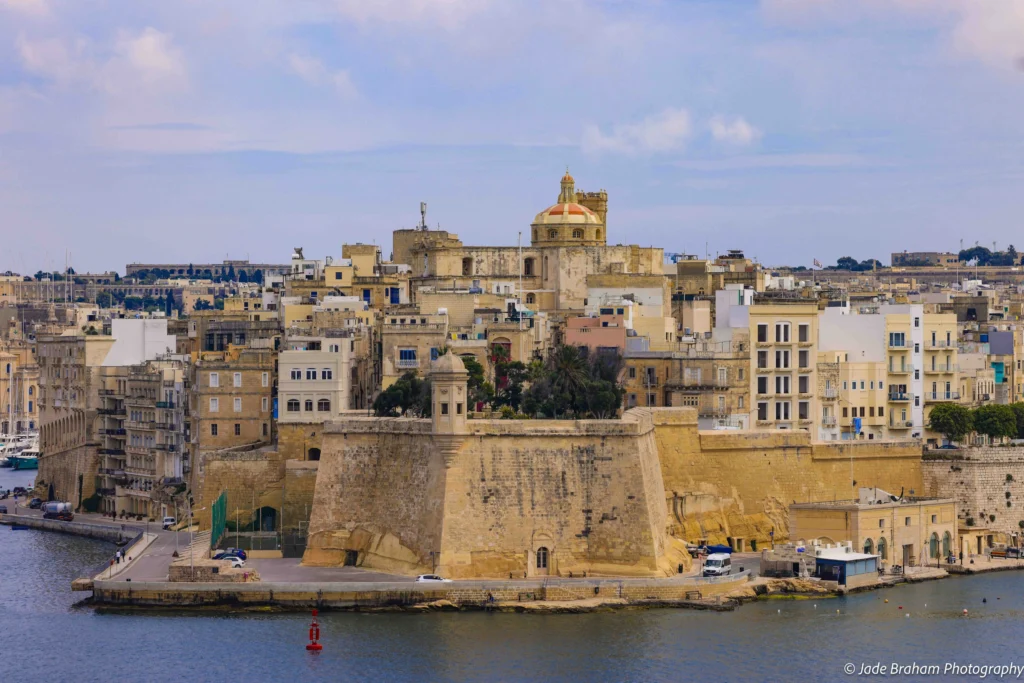
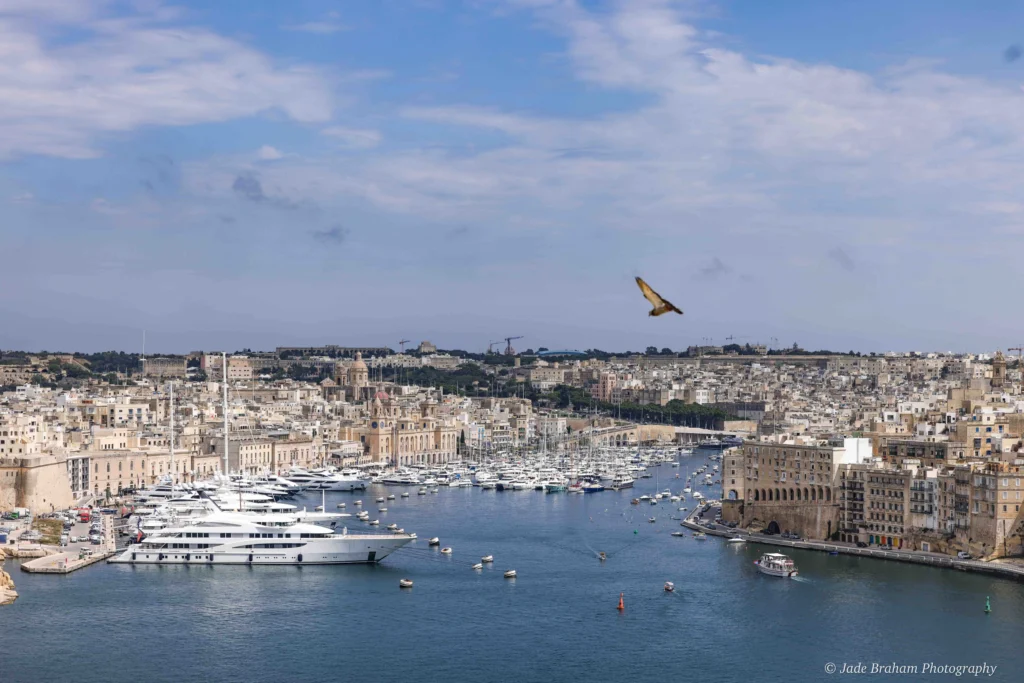
The History of Valletta in Malta
Valletta sits on a peninsula just 1km by 600m and is packed with historic sites. This city came about after the Great Siege of 1565. At this time, the Knights of St John nearly lost Malta to the Ottoman Turks. Consequently, the Knights Hospitaller built Valletta, known then as the ‘city built by gentlemen for gentlemen’. Italian architect Francesco Laparellia designed the city, and it was meant to be an impregnable fortress to defend Christendom. In its day, Valletta was also a fine example of modern city planning (characterised by its grid layout). It’s likewise a masterpiece of Baroque architecture, richly embellished with courtly grandeur and stately churches.
Valletta has served as a strategic stronghold for various powers throughout its history. Amongst these rulers were the Knights, the French, and the British, each leaving their mark on the city’s cultural heritage. In 1980, UNESCO recognised Valletta as a World Heritage Site, acknowledging its historical significance and architectural splendour.
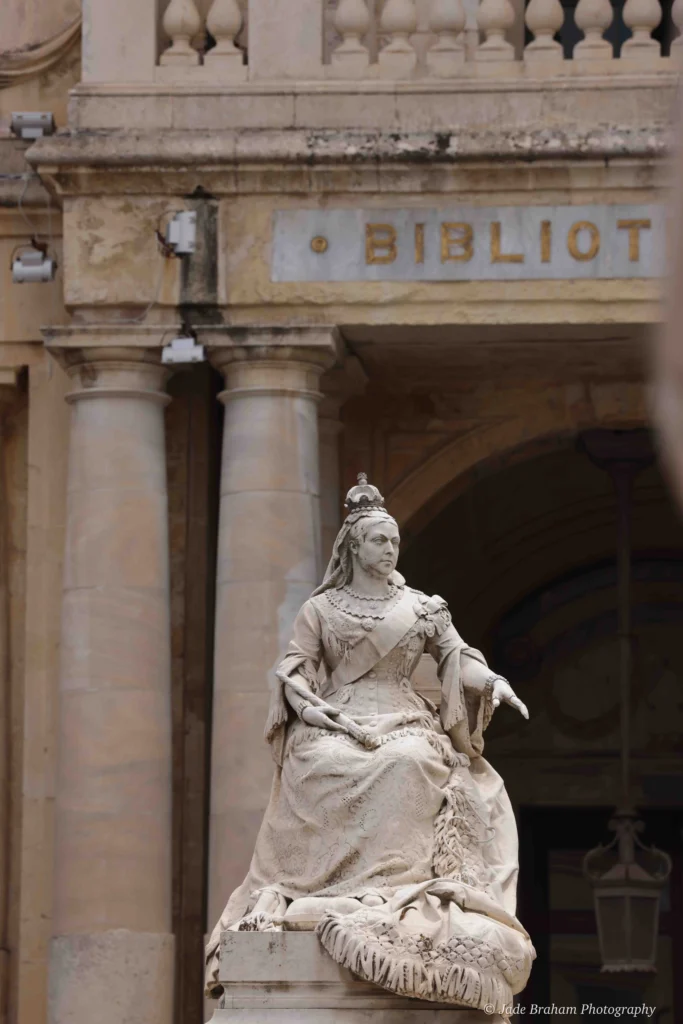
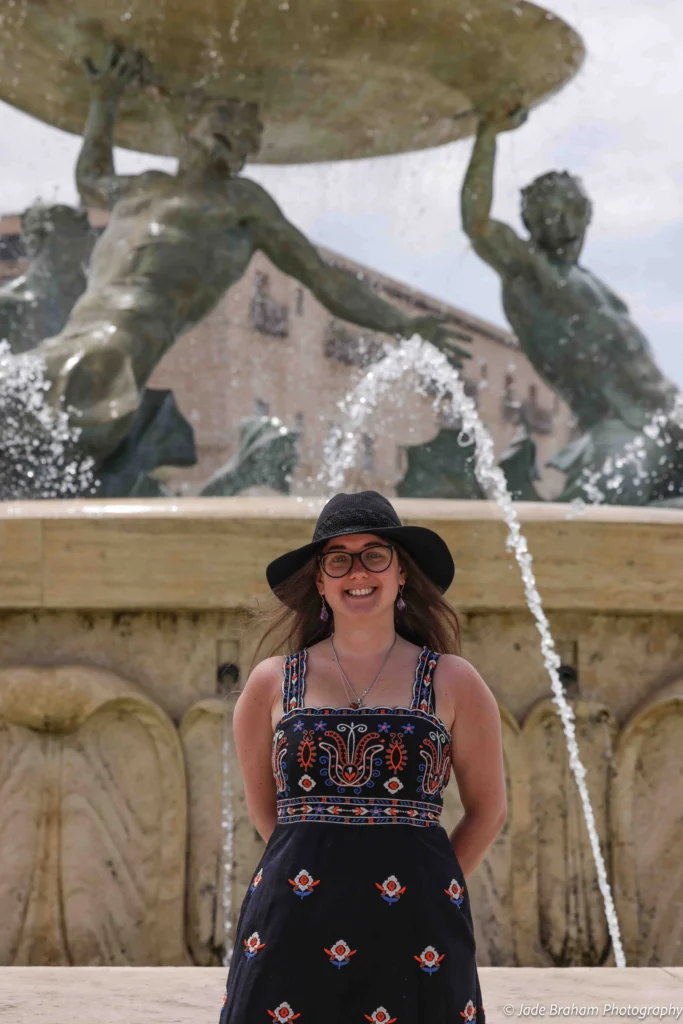
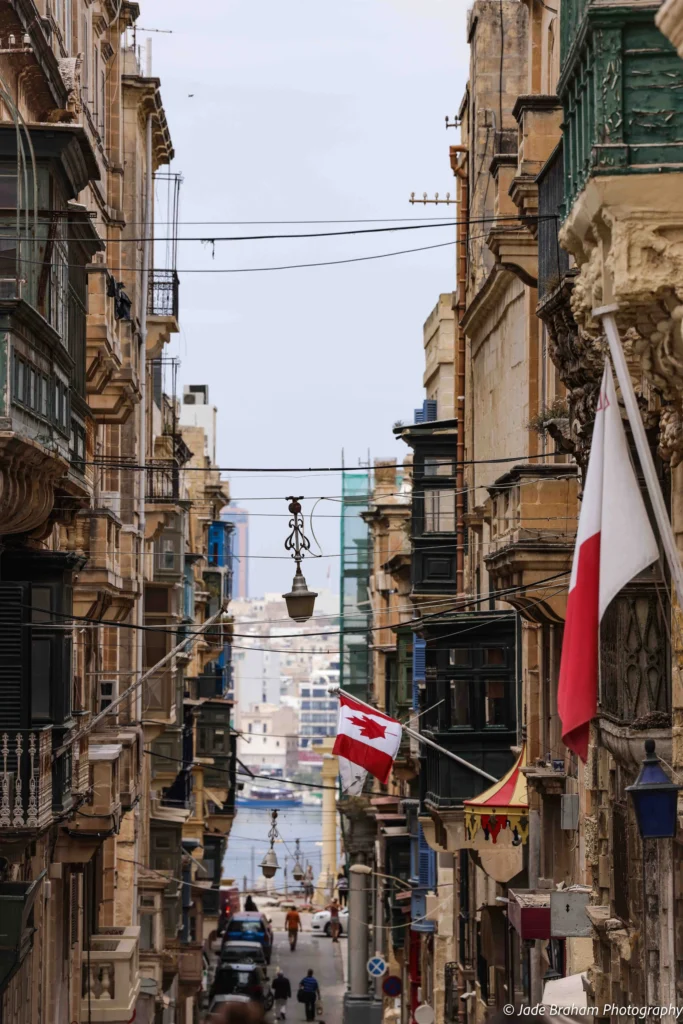
Day 1 in Valletta
1. Walk Around Valletta Old Town
The first thing you should do during your Valletta holiday is wander through the old town’s labyrinthine streets and narrow alleys. These are lined with gorgeous buildings, ornate balconies, and timeless wooden shutters. First, head to St George’s Square for the Grandmaster Palace Courtyard, where you’ll find the newly restored palace. This palace is a masterpiece that is over 450 years old and once served as the seat of power for the Knights of St John. It is now home to the President of Malta. You’ll have the chance to peek into the meticulously restored State Rooms and see 18th-century Baroque illusionistic ceiling paintings. These denote how the Grand Masters imitated the aristocratic courts of Europe.
-
-
-
-
-
-
-
-
-
-
- Grand Master’s Palace: Adults (€12), Youths (€10), Infants (free)
-
-
-
-
-
-
-
-
-
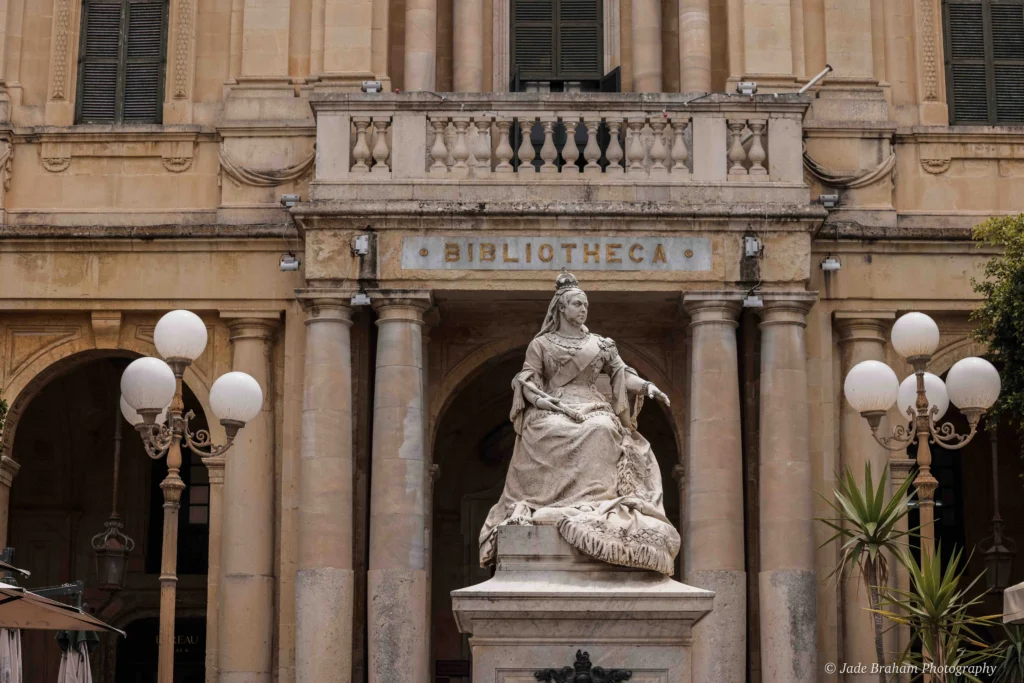
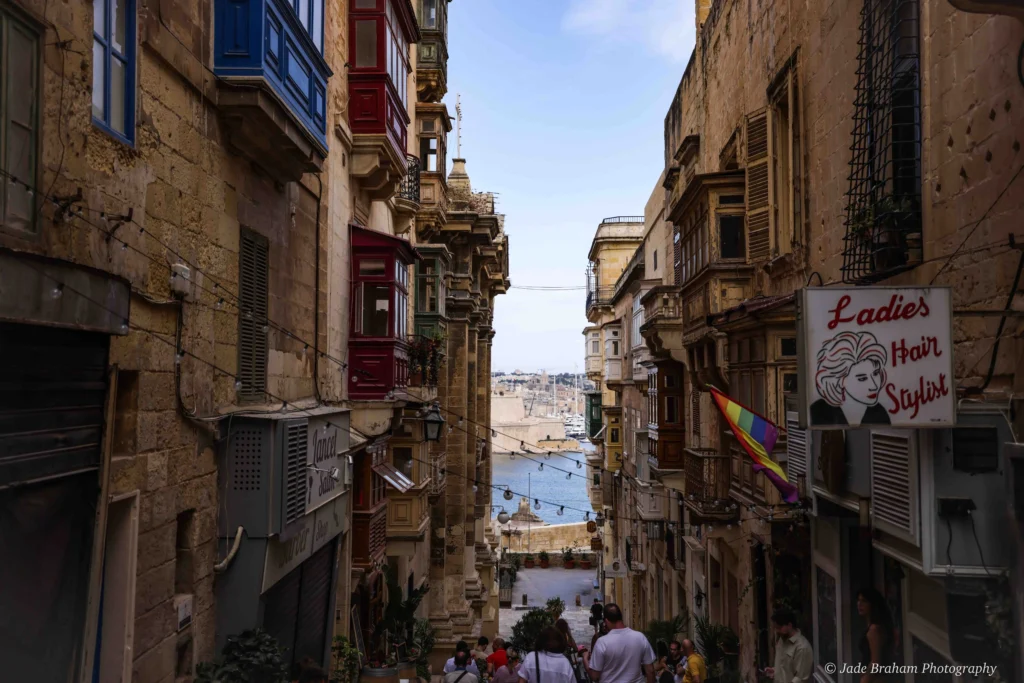
Another wonderful thing to do in Valletta during your Malta holiday is to visit The National Library of Malta. This houses collections of literary works from the medieval period to today. Even if you don’t go inside, the library’s symmetrical facade is beautiful to look at.
Amidst the backdrop of this historical grandeur, there are many souvenir shops in Valletta Old Town. These offer a wealth of Maltese keepsakes, from hand-painted tiles to intricate filigree jewellery. There are also boutique shops and Amorino Gelato—the best ice cream parlour in Valletta. It serves ice cream in flower-shaped cones! Plus, the flavours are delicious, especially the mango and strawberry!
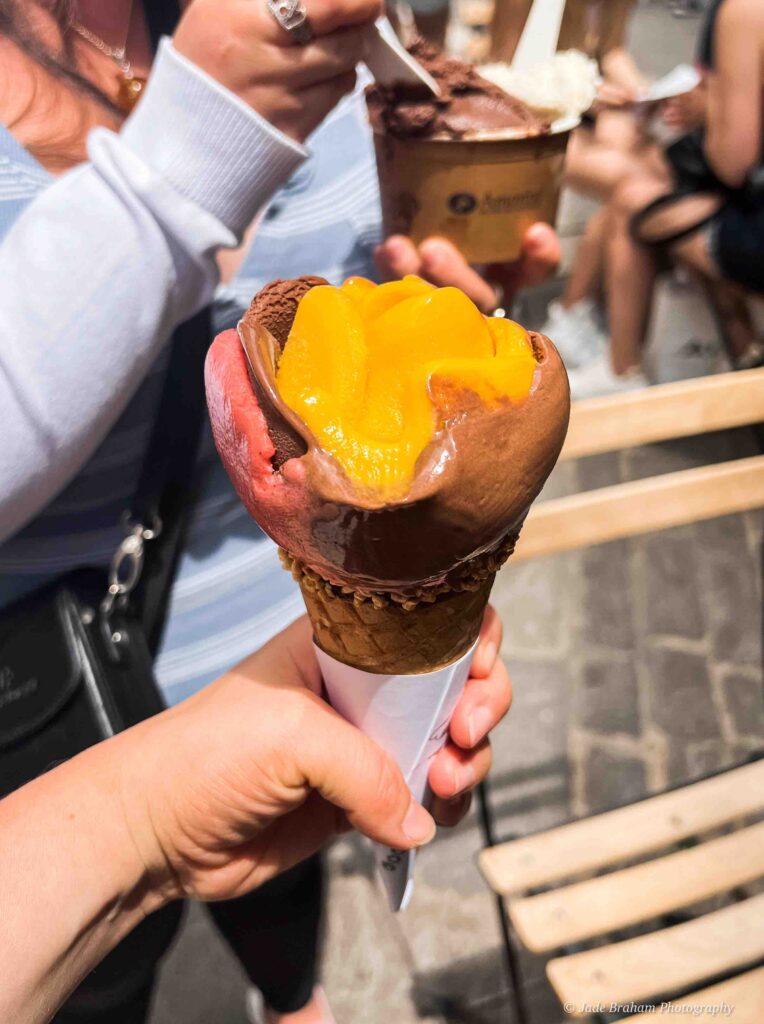
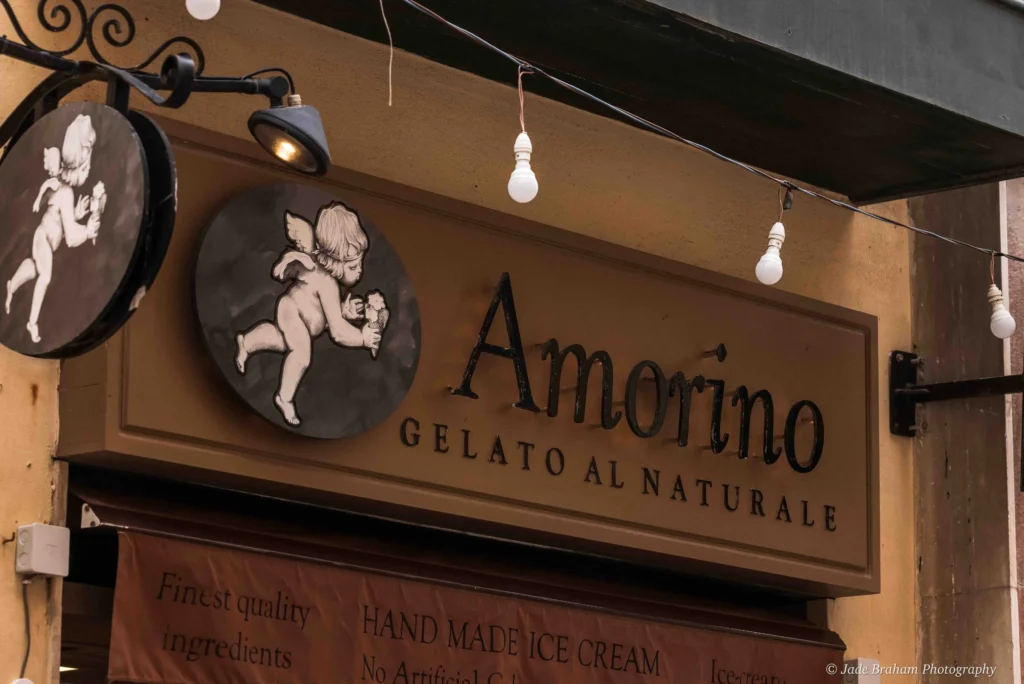

2. Visit Valletta City Gate & Triton Fountain
One of the best things to do in Valletta during a two-day trip is to visit the city gate and Triton Fountain. Valletta City Gate is the entrance to the city’s original bastion walls. It was re-designed by Renzo Piano, meaning its dramatic architecture models the original 1633 entrance. Pause for a moment on the bridge and look down for some impressive ditches and fortifications. You’ll notice a pair of 25m high metal blades on either side of the Valletta City Gate. These are meant to resemble the knight’s sabres.
Just beyond the Valletta City Gate is the Triton Fountain, which captivates onlookers with its grandeur and grace. Designed by sculptor Vincent Apap in 1959, the fountain’s cascading tiers and dynamic sculptures represent the mythological Tritons. These are mythical sea creatures from which the fountain draws its name. Each of these bronze figures looks towards the city’s entrance; one is kneeling while the other two are sitting. Their postures denote virility and strength, and the water jets make it look like these creatures are moving. It’s a great place to sit, eat ice cream, or snap that perfect Instagram-worthy selfie!
-
-
-
-
-
-
-
-
-
-
-
-
-
-
-
-
-
- Free entry
-
-
-
-
-
-
-
-
-
-
-
-
-
-
-
-
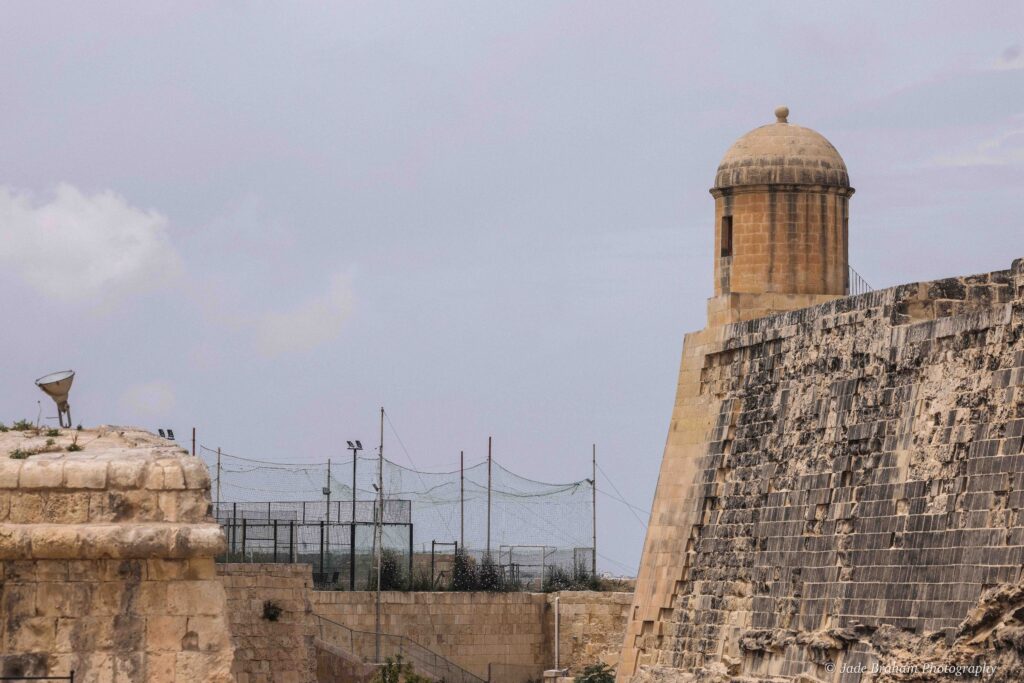
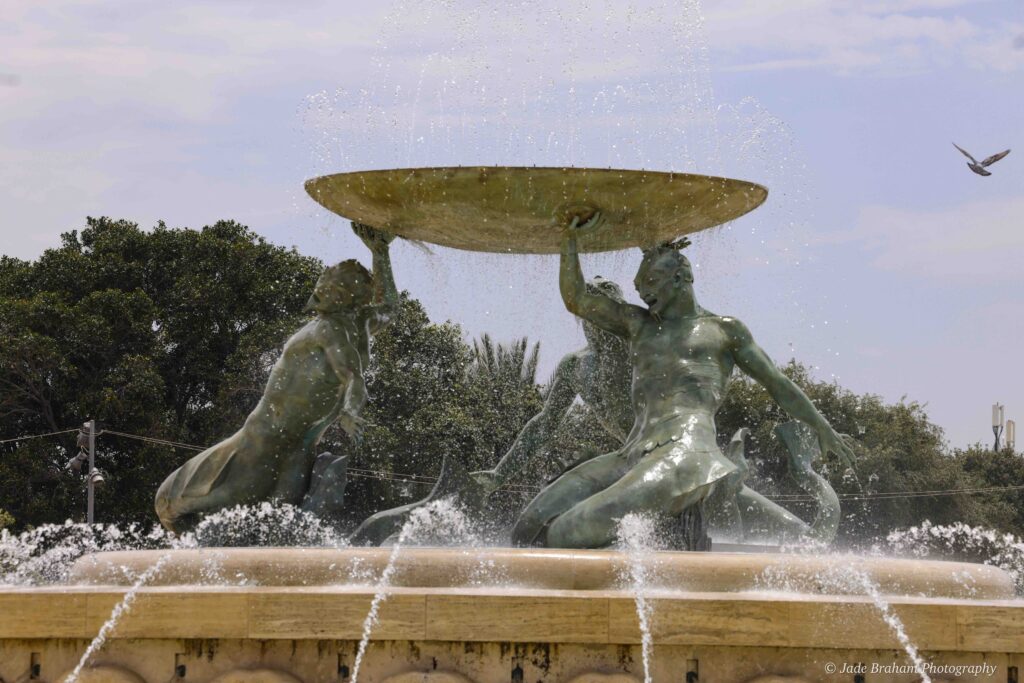
3. Relax at The Maglio Gardens
One of the best secret things to do in Valletta is to visit the Maglio Gardens. In 1656, Grand Master Jean Paul de Lascaris Castellar initiated the garden’s construction for the practice of “palla a maglio”. This was a golf-like game for young knights to play. This designated area spanned 360 meters and was enclosed by a towering wall. By 1805, the space became a botanical garden and later opened to the public.
Since 1867, the Maglio Gardens have also served as a site for honouring notable Maltese figures. Adjacent to the monument honouring Marquis Scicluna stands an intricately crafted stone fountain. Its design features a large basin topped by a smaller one, housing a stone sculpture depicting two intertwined dolphins. Crowned by an arch adorned with a majestic eagle with outstretched wings, the fountain is an architectural masterpiece. Get your cameras ready!
-
-
-
-
-
-
-
-
-
-
-
-
-
-
-
-
-
- Free entry
-
-
-
-
-
-
-
-
-
-
-
-
-
-
-
-
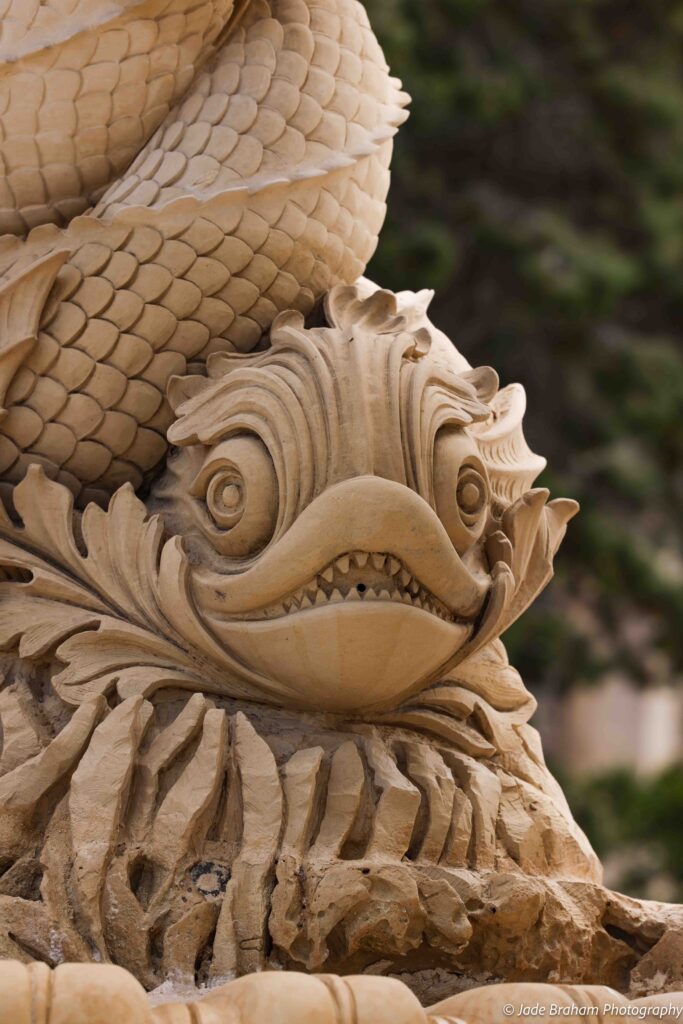
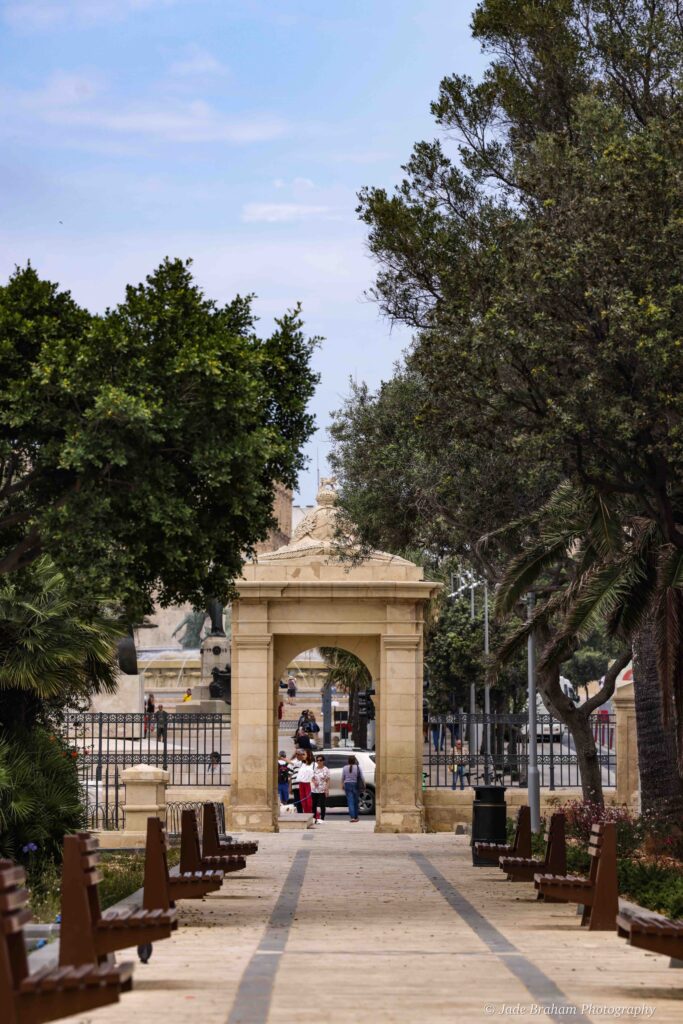
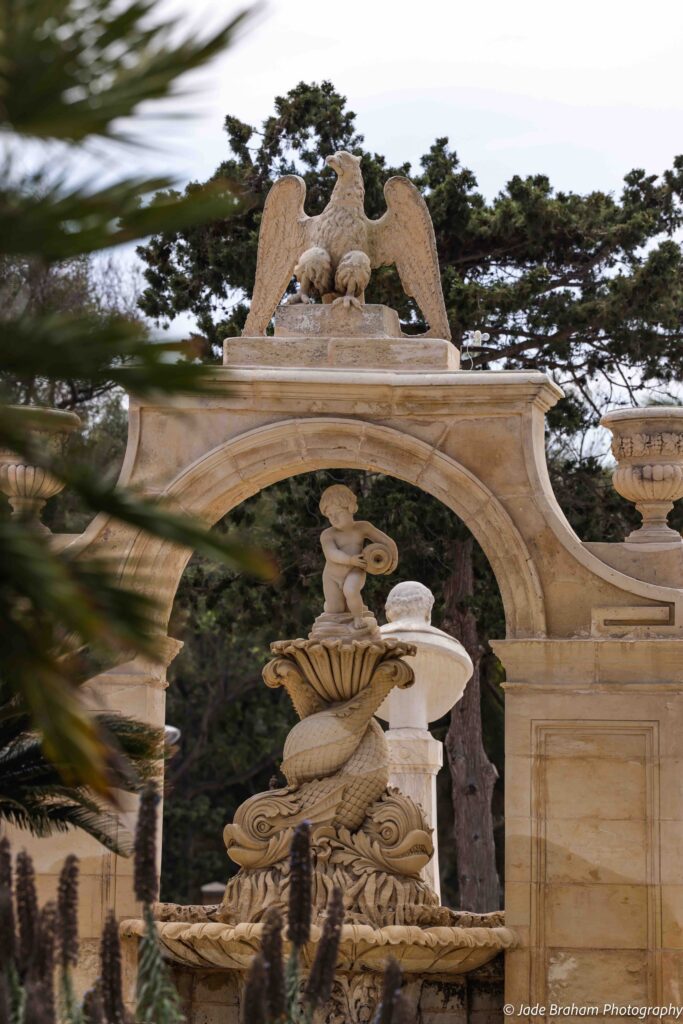
4. Marvel at St. Publius Parish Church
Next to the Maglio Gardens is St. Publius Parish Church. The interior has phenomenal paintings depicting Saint Paul’s shipwreck and his stay in Malta. Plus, there is an altarpiece showing Publius’ martyrdom. I particularly liked the church’s facade, which consists of a neoclassical portico and a breathtakingly ornate bell tower. In the same square, you’ll find Montgomery House, a building built for the administrative offices for the control of grain. In 1826, it became the barracks for army officers. Winston Churchill and President Roosevelt met before leaving to meet with Stalin at Yalta.
-
-
-
-
-
-
-
-
-
-
-
-
-
-
-
-
-
- Free entry
-
-
-
-
-
-
-
-
-
-
-
-
-
-
-
-
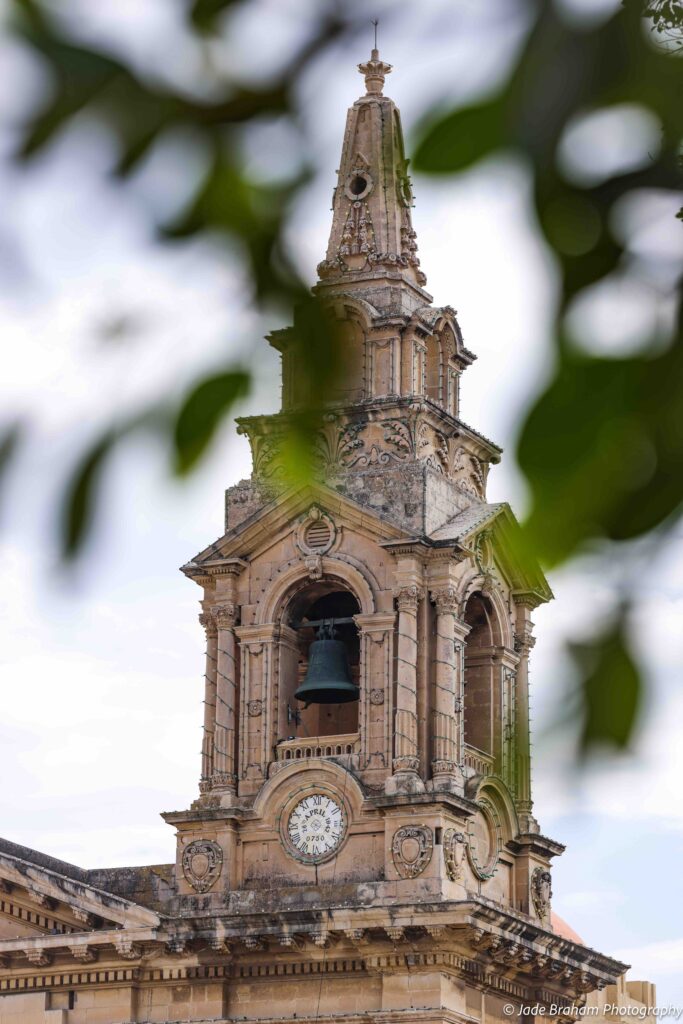
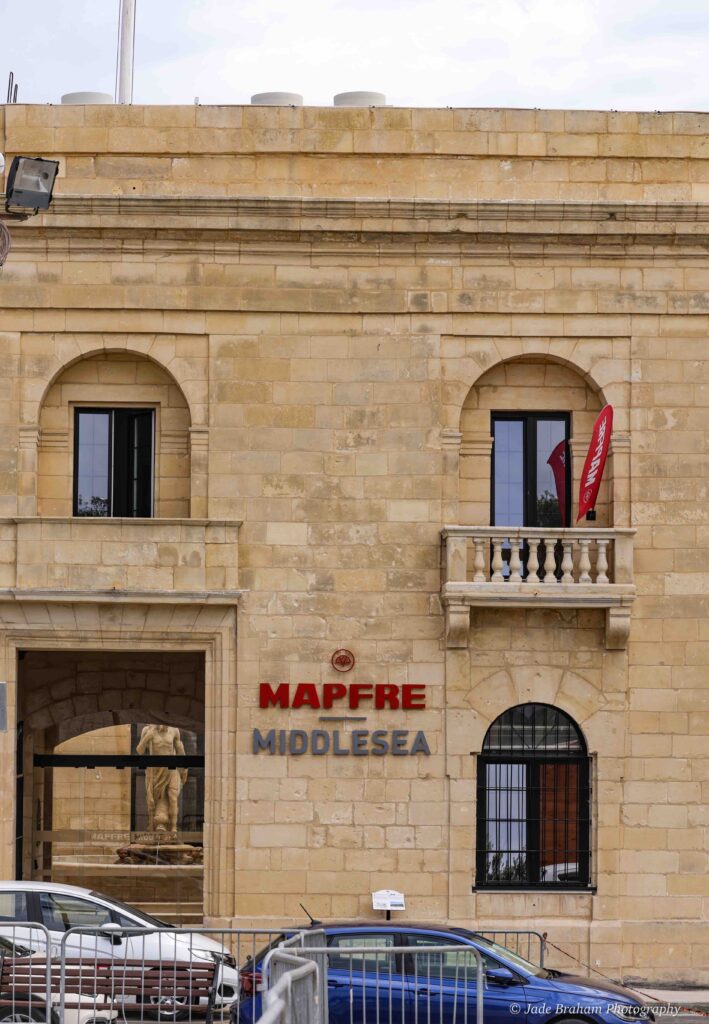
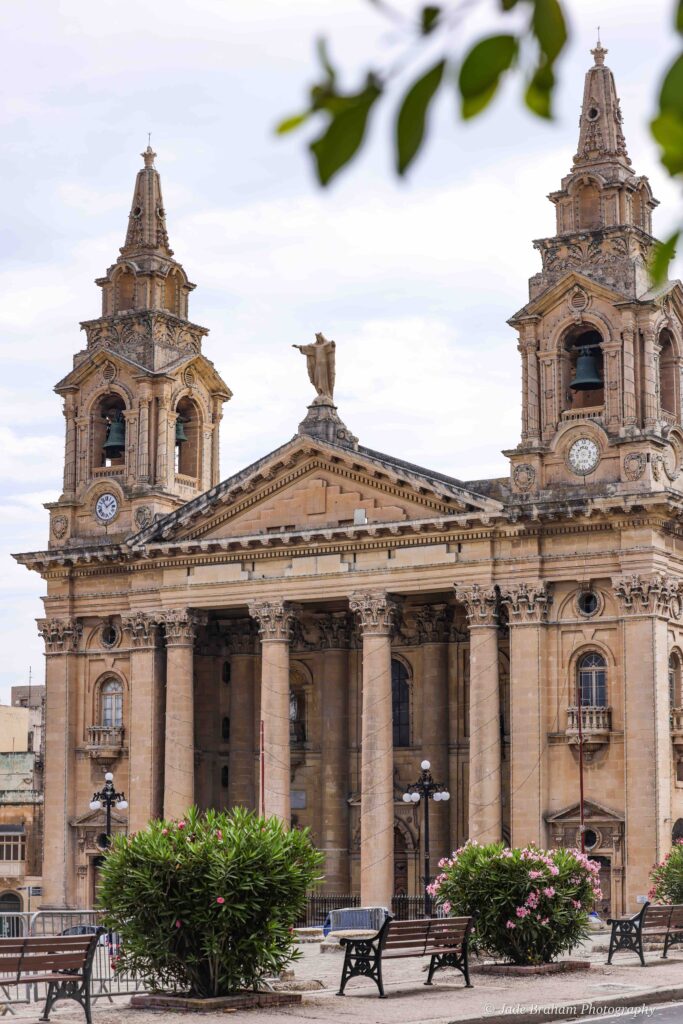
5. Stroll around Herbert Ganado Gardens
Another hidden gem to see during your Valletta holidays is Herbert Ganado Gardens. You can walk through this garden to return to Valletta City Gate or the Upper Barrakka Gardens. Originally named Kalkara Garden, this serene enclave traces its origins to the Kalkara Gate. Perched atop a gentle slope, the garden offers a picturesque vantage point overlooking the Grand Harbour. During wartime, the site hosted a cluster of hutments, providing shelter for British Servicemen. These were later repurposed as interim dwellings following the demolition of the Valletta Manderággio slum area. In a nod to its historical significance, the Government renamed the garden as Herbert Ganado Garden.
-
-
-
-
-
-
-
-
-
-
-
-
-
-
-
-
-
- Free entry
-
-
-
-
-
-
-
-
-
-
-
-
-
-
-
-
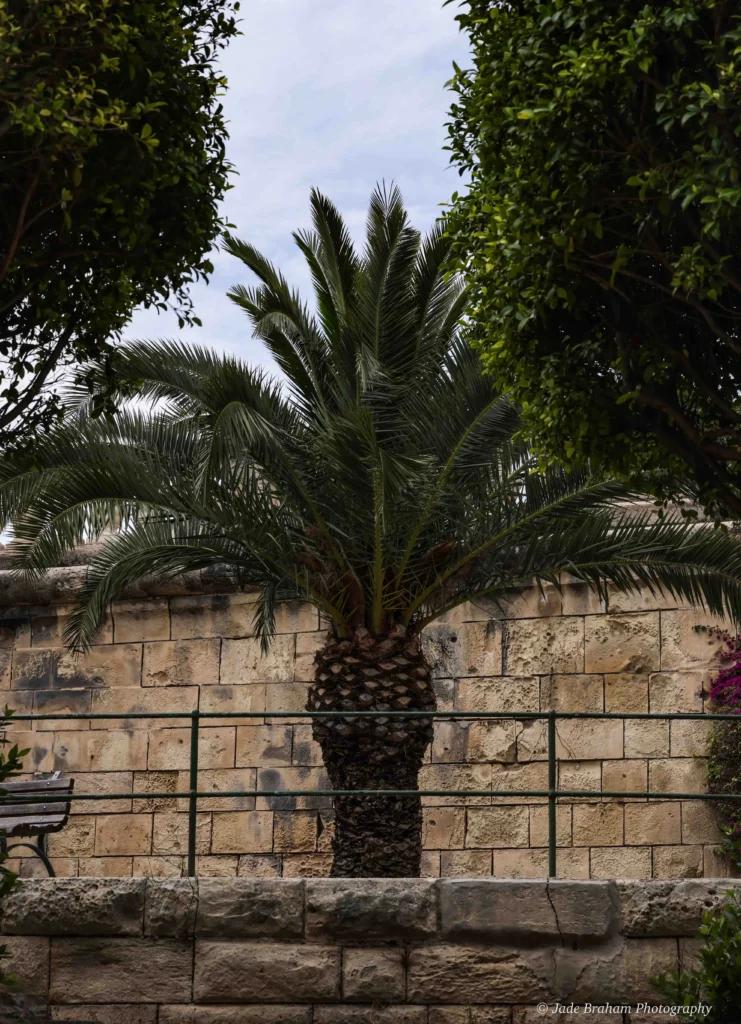
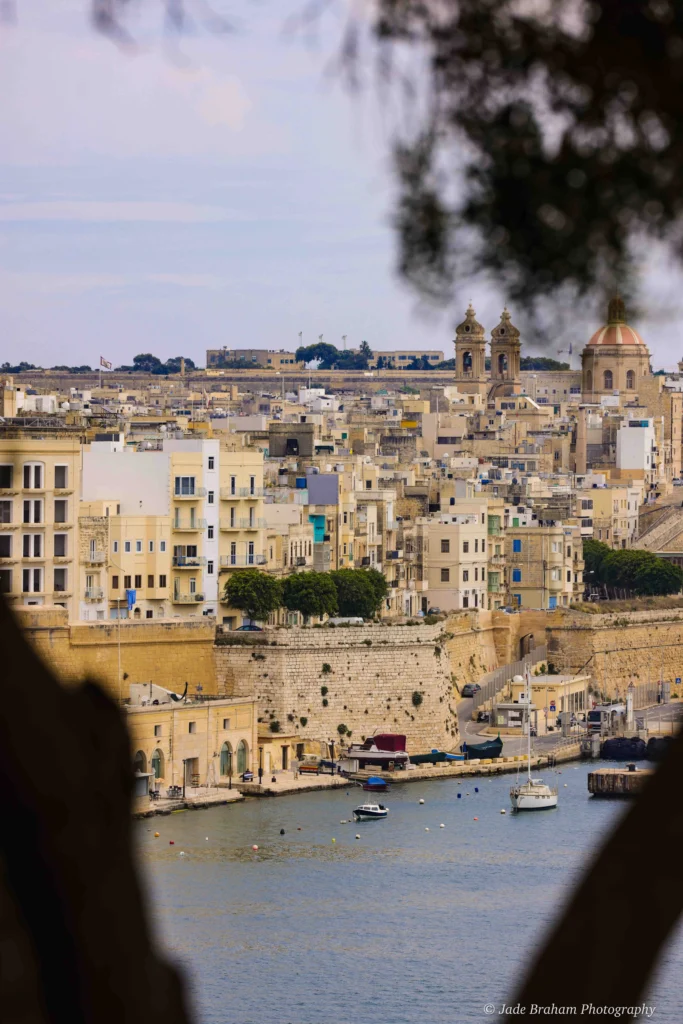
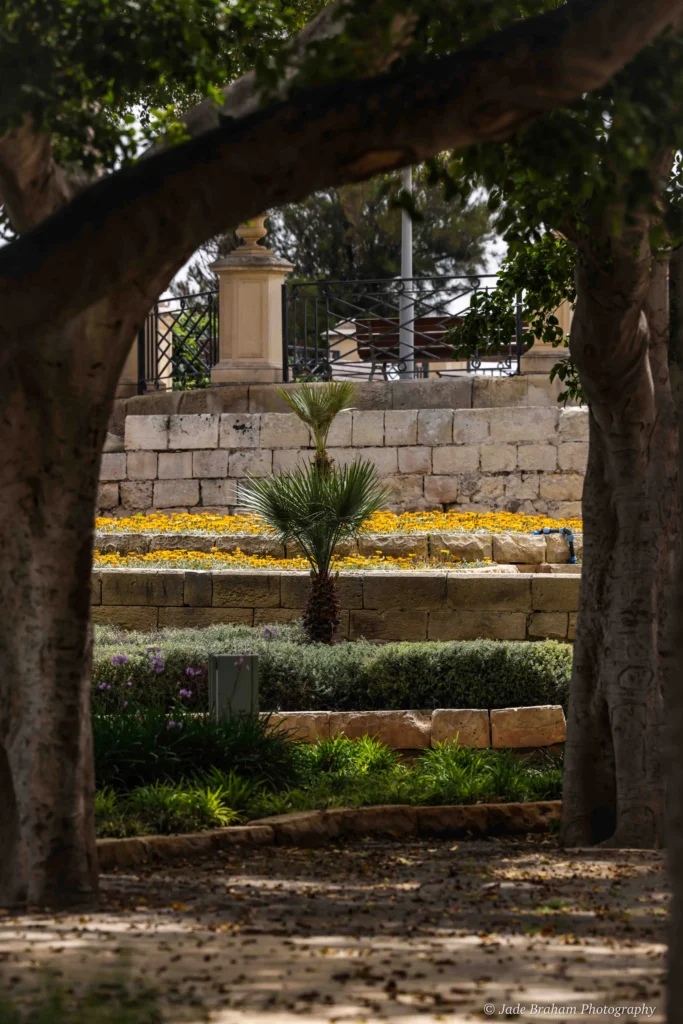
Day 2 in Valletta
6. Discover the National Museum of Archaeology
Start the next day of your Malta itinerary at the Valletta National Museum of Archaeology. History lovers, listen up; this museum is a must for your holiday in Malta. Its ancient collection narrates the Maltese Islands’ 7,000 years of history. Walking around its dimly lit halls, you’ll garner an intimate understanding of the land you walk upon, its people and its ancestors. Start with artefacts from the Neolithic Period (5900-2500BC) on the ground floor. There are displays with tools and vessels used by prehistoric people to complete daily tasks, such as a stone hammer and intricate pottery. However, the most fascinating things to see are the animal and human figures carved by insanely talented artists.
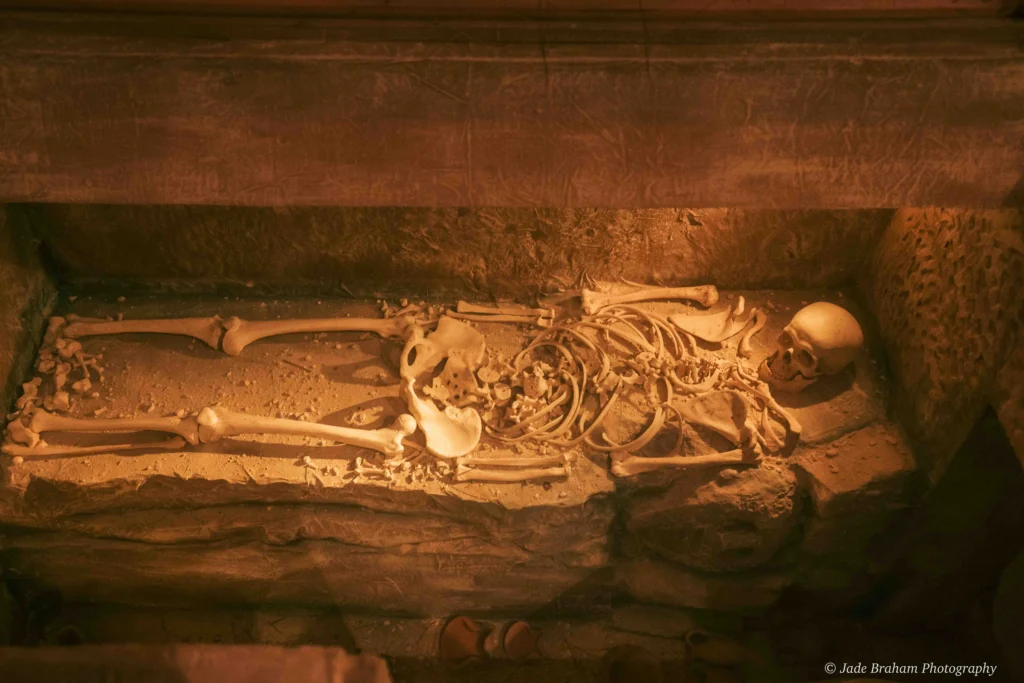
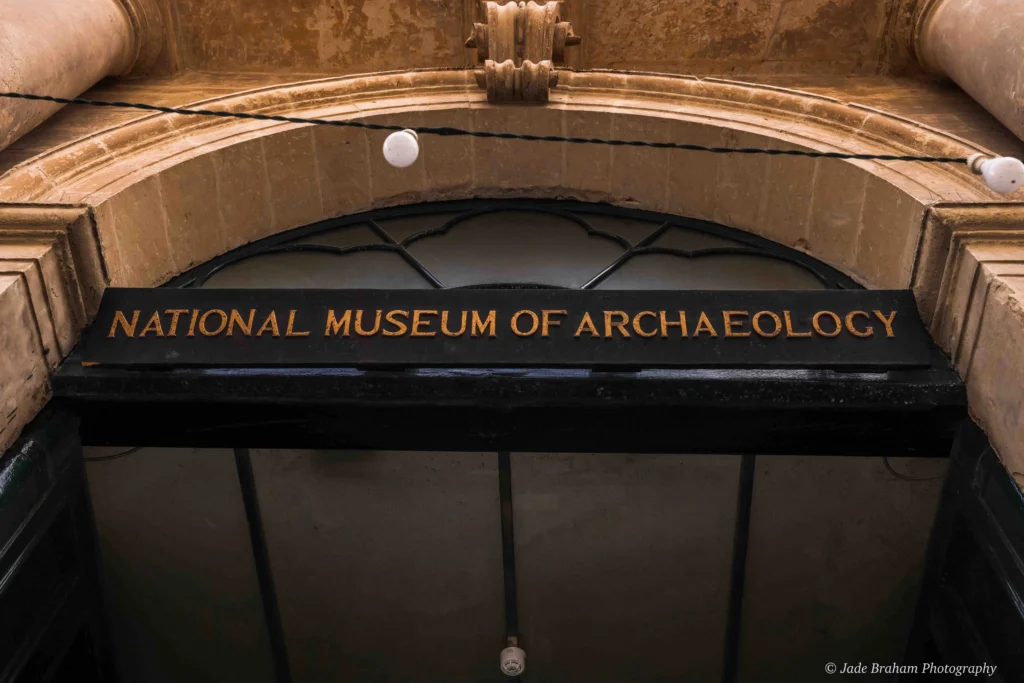
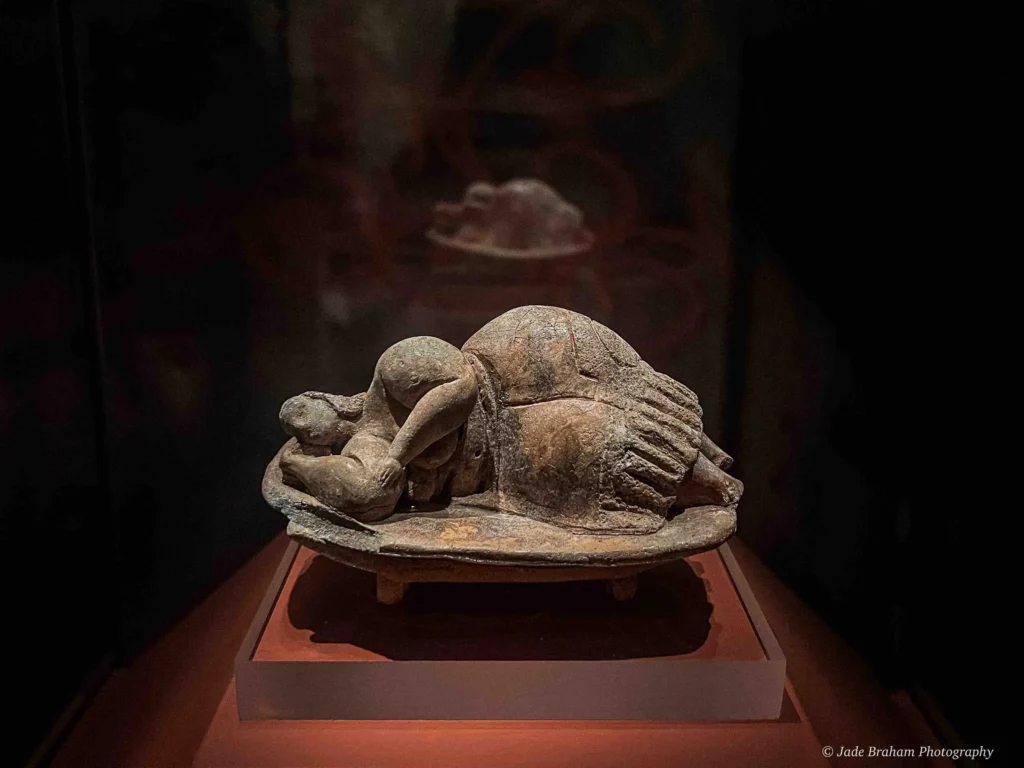
Prehistoric Statues
My favourite statues were the ‘fat ladies’ sculptures, originally found at Ħaġar Qim Temple. They’re also known as ‘Mother Goddess’ or ‘Goddess of Fertility’. However, today, these corpulent figures are considered asexual, potentially representing either a female or a male person. Their corpulence is believed to indicate abundance and fertility, which meant sustainability for prehistoric societies.
The 5,000-year-old ‘Sleeping Lady’ statue, found at the Ħal Saflieni Hypogeum, will leave you speechless. The physicality of the woman, with her life-like curves and emotions, coupled with the intricate detailing of her pleated skirt, gives a breathtaking insight into how women looked in Prehistoric Malta. No one is quite sure what this figure represents; some think it’s a woman in a deep slumber. Others believe it means death or eternal sleep, and considering it was found in an underground burial chamber, I think they might be right.
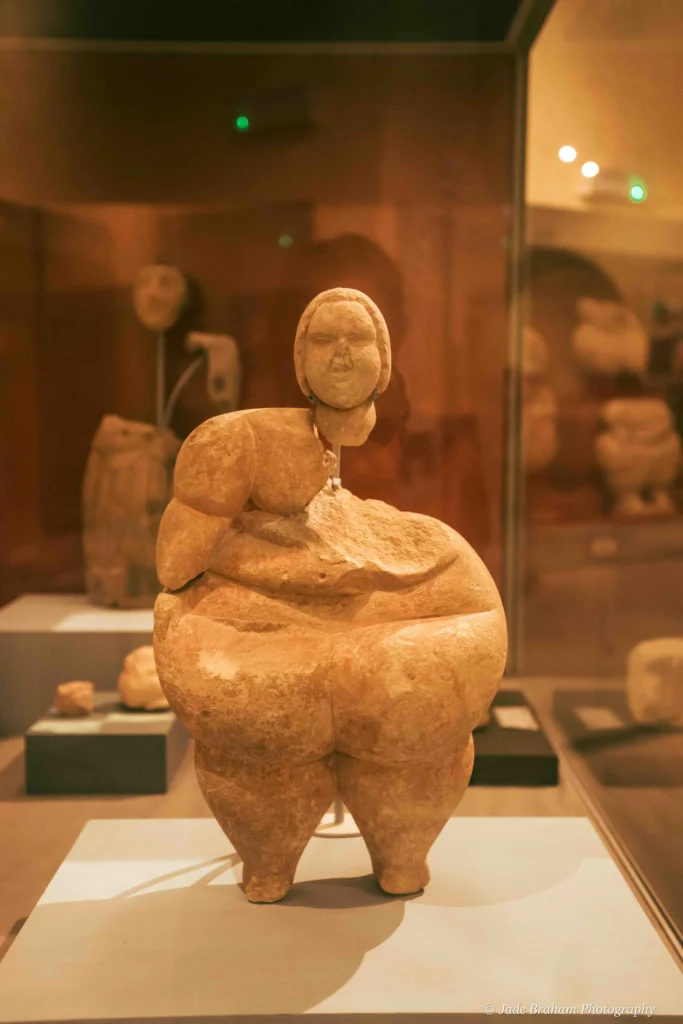

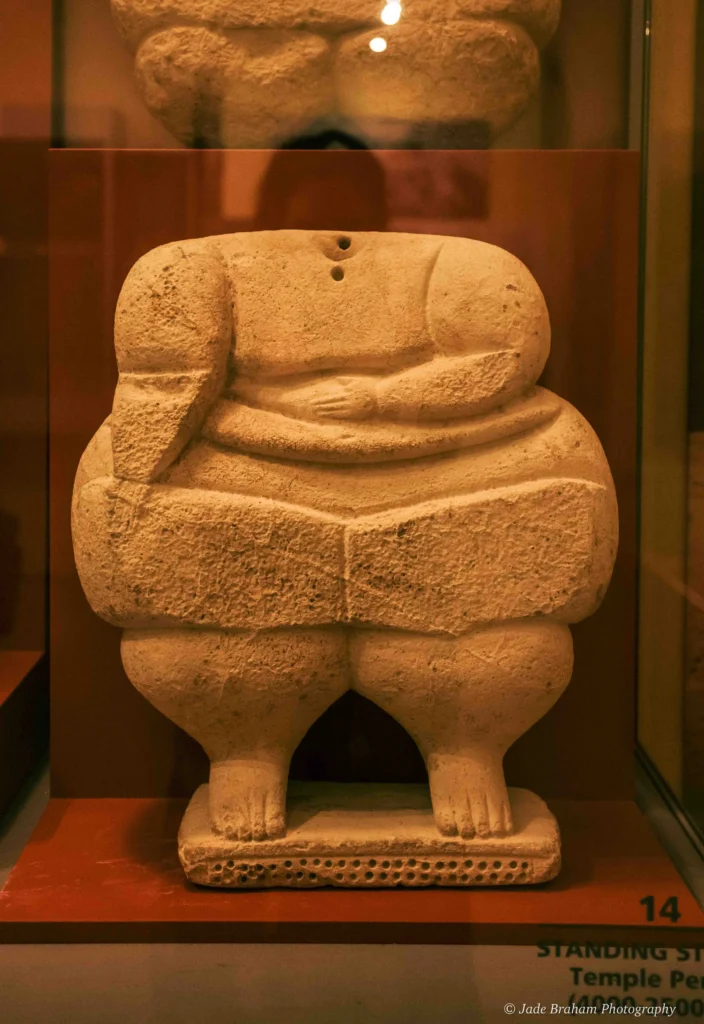
Upper Floor of the National Museum of Archaeology
In the Valletta National Museum of Archaeology, you’ll find plenty of information boards about Malta’s temples. My favourite artefact is the altar from the Hagar Qim Temple. The decorations on the altar consist of small holes. Some think it depicts a planted pot with leaves, while others believe it is bull horns stacked on top of each other. The museum’s upper floor houses archaeological discoveries from the Bronze Age and the Phoenician Period (8th – 6th Century BC). Here, you’ll find an assortment of ritual vessels, funerary urns and Phoenician glass.
Royal Opera House Ruins
Your Malta travel itinerary wouldn’t be complete without a visit to the nearby Royal Opera House ruins. This was one of my favourite things to do in Valletta because I was fascinated by the remnants of its neoclassical facade. The Royal Opera Theatre was initially built by British architect Edward Middleton Barry, who also built Covent Garden in London. However, the Royal Opera House was reduced to ruins during the intense bombing raids of World War II. Today, visitors can sense the echoes of its illustrious past, imagining the vibrant performances that once graced its stage.
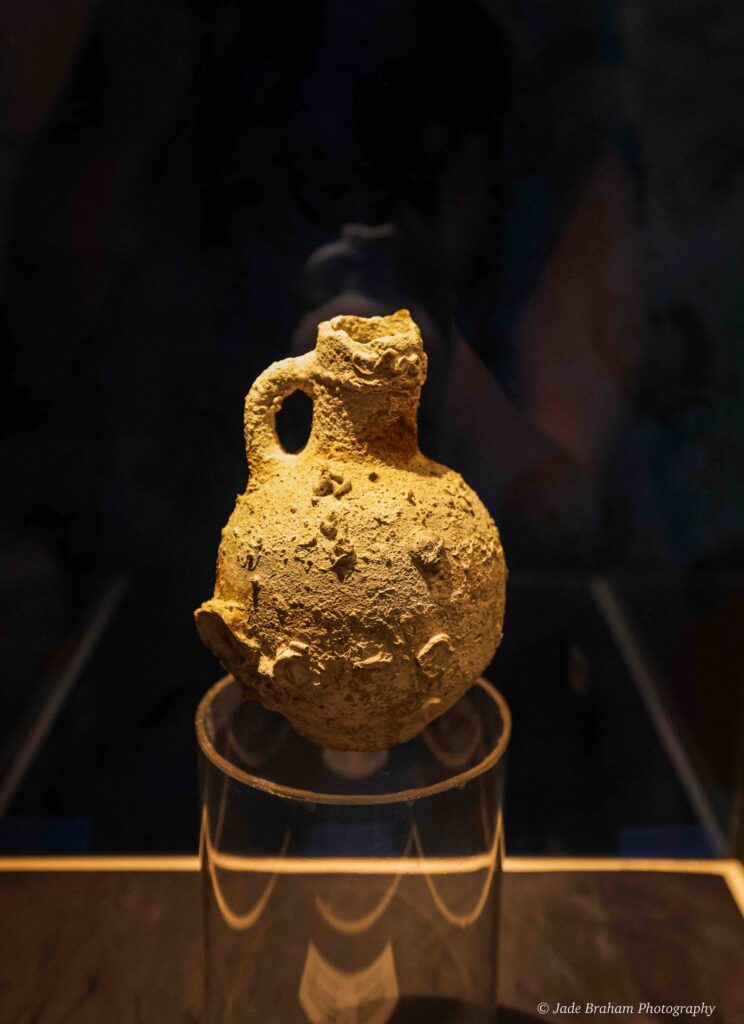
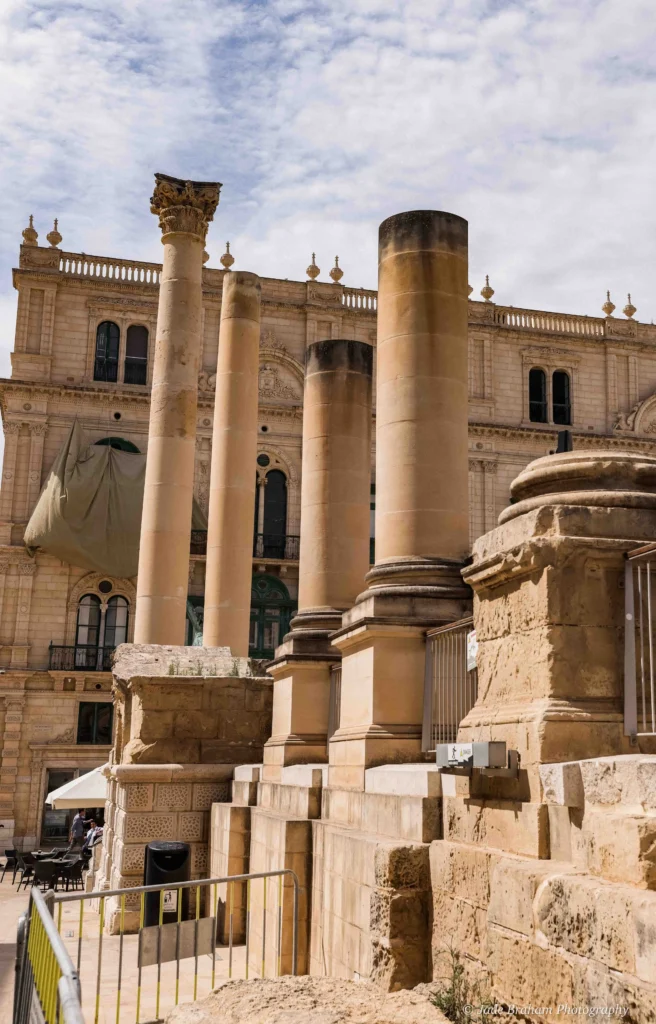

7. Eat lunch at Lower Barrakka & upper Barrakka Gardens
There are so many things to do in Valletta that you might want to find a quiet and serene space to relax and reflect on what you’ve seen. Lower Barrakka and Upper Barrakka Gardens are the spots to do just that. To make things even better, the views are staggering, and there are cafes where you can grab a bite to eat or drink while soaking up the sun. The local pastries and ice creams are a must-try!
The Lower Barrakka Gardens are situated above the Valletta bastions, which offer panoramic views of Valletta’s Grand Harbour. Here, ships and cruises glide past, creating a wonderful photo opportunity. Lower Barrakka is less crowded than its sister garden, and lush bushes, trees, and shrubs encircle a classical-style fountain.
The Upper Barrakka Gardens in Valletta is a collonaded garden created in 1661 and was the private space of the Knights of the Langue of Italy. In 1824, the gardens opened to the public, and today, its terrace has one of the best views of the Mediterranean Sea. In the Valletta Upper Barrakka Gardens, you’ll find plaques, busts and statues commemorating famous people and events in Maltese history. You’ll have a birdseye view of Valletta’s Saluting Battery from its terrace.
-
-
-
-
-
-
-
-
-
-
-
- The Valletta Upper Barrakka Gardens is open daily from 7:00 am to 10:00 pm
- Free entry
-
-
-
-
-
-
-
-
-
-
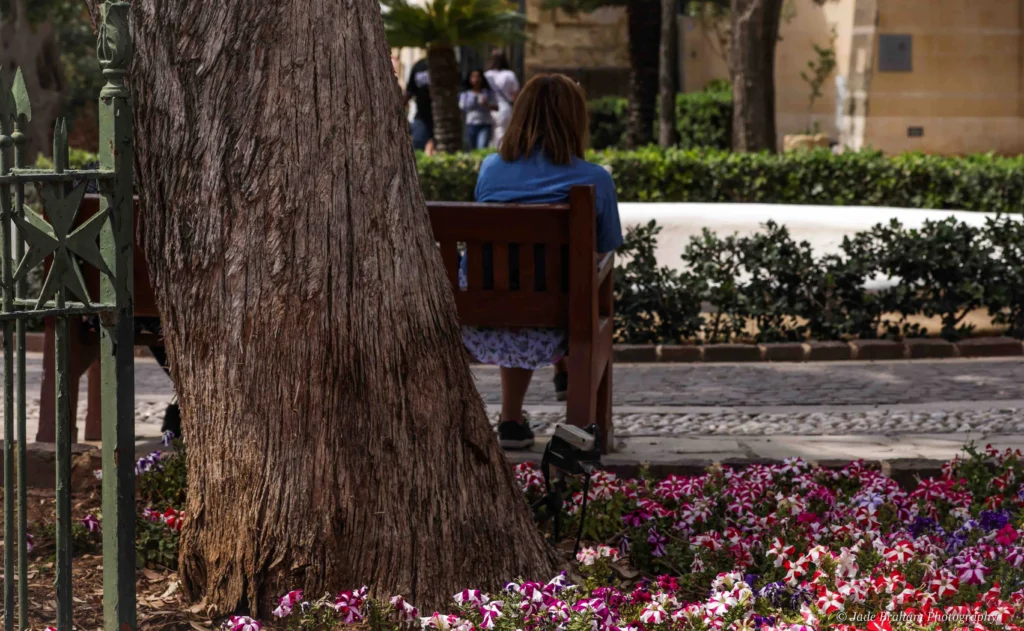
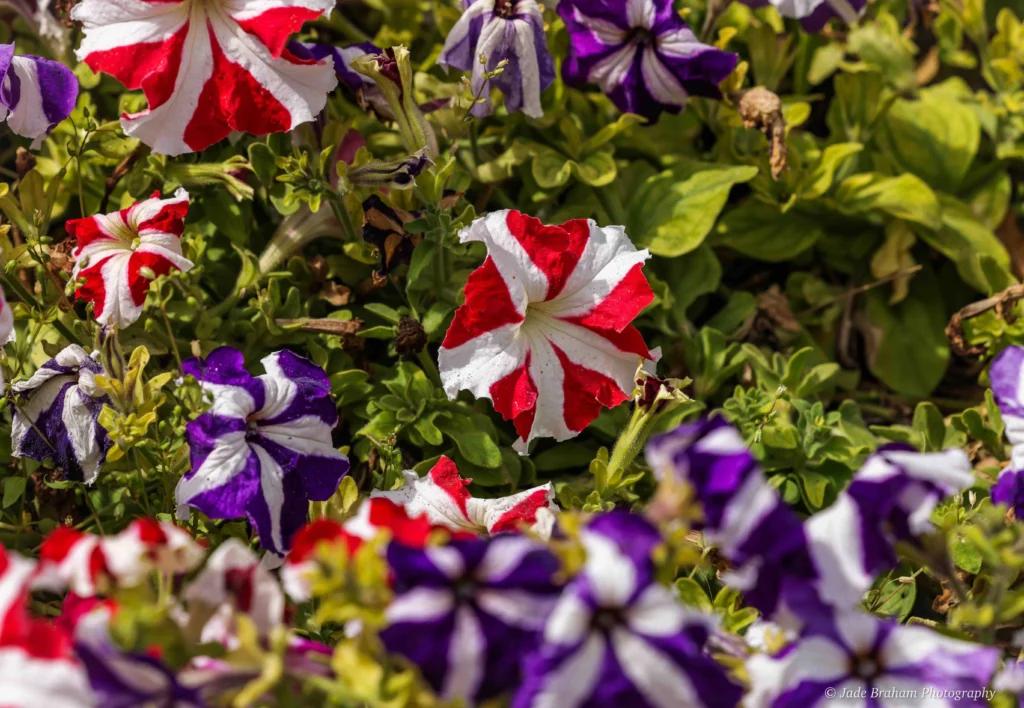
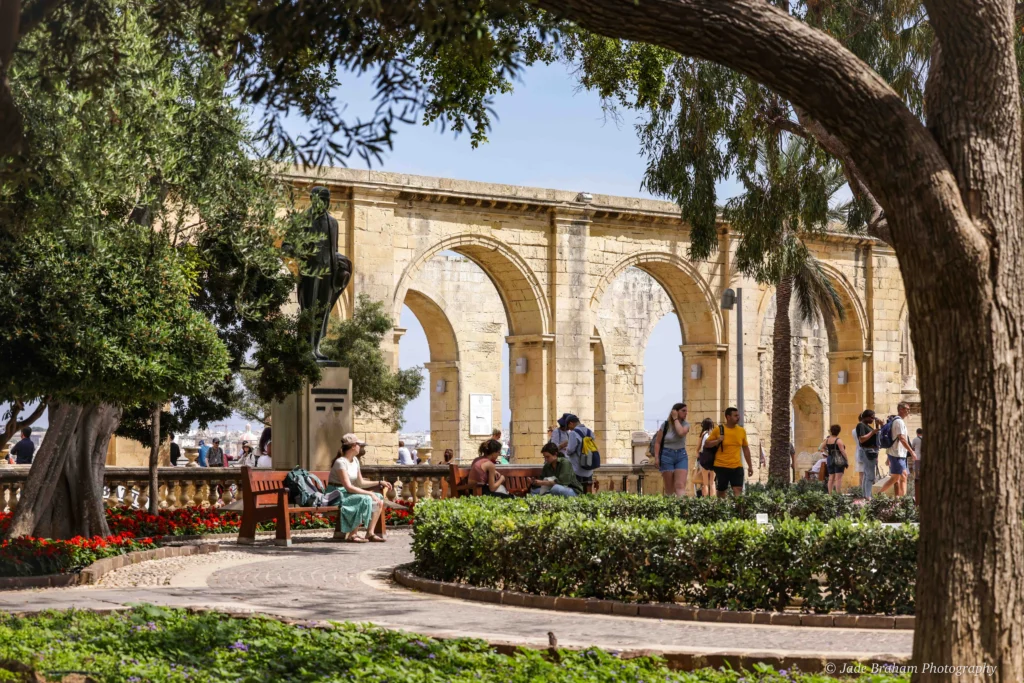
8. Explore the Saluting Battery
The Saluting Battery in Valletta is where cannons were once fired to salute visiting naval vessels. Today, the Saluting Battery has been restored to its former glory, and a gun is fired every day at 12:00 noon and 4:00 pm. Watching this feels like you’ve stepped back in time and are a part of history.
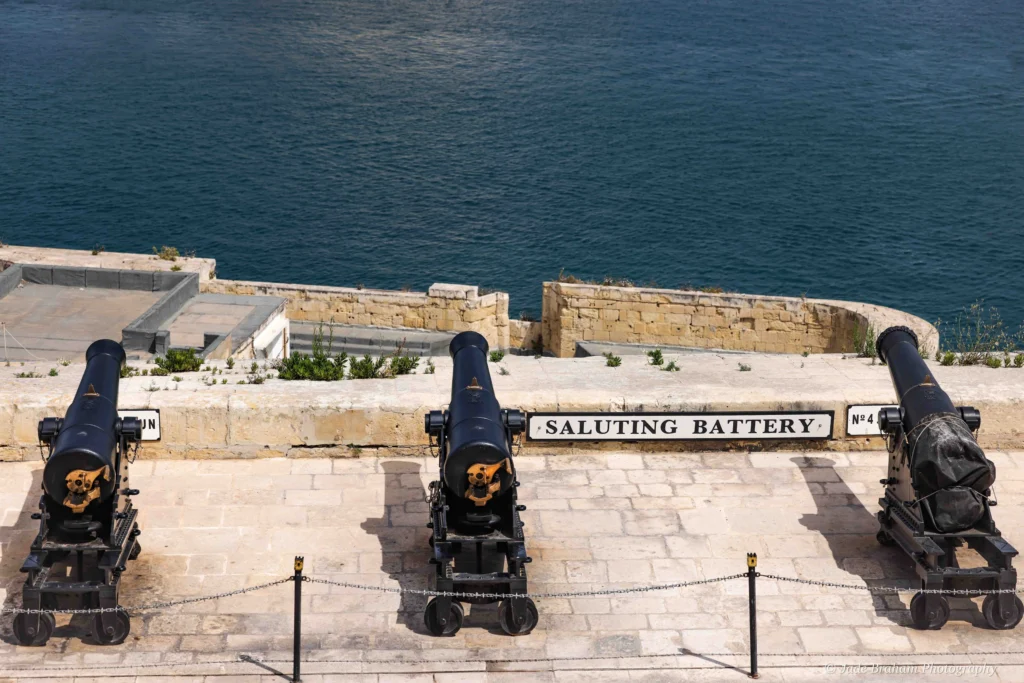

9. Dine at The Valletta Waterfront
The last place you should visit during your two-day Valletta holiday is the city’s waterfront, otherwise known as the Forni Complex and Pinto Stores at Pinto Wharf. These consist of various stores and warehouses with brightly coloured windows and doors. The oldest building is Forni Stores, which was built in 1727 by Grand Master Anton Manuel de Vilhena. It was used as the first British naval bakery in Malta until 1844.
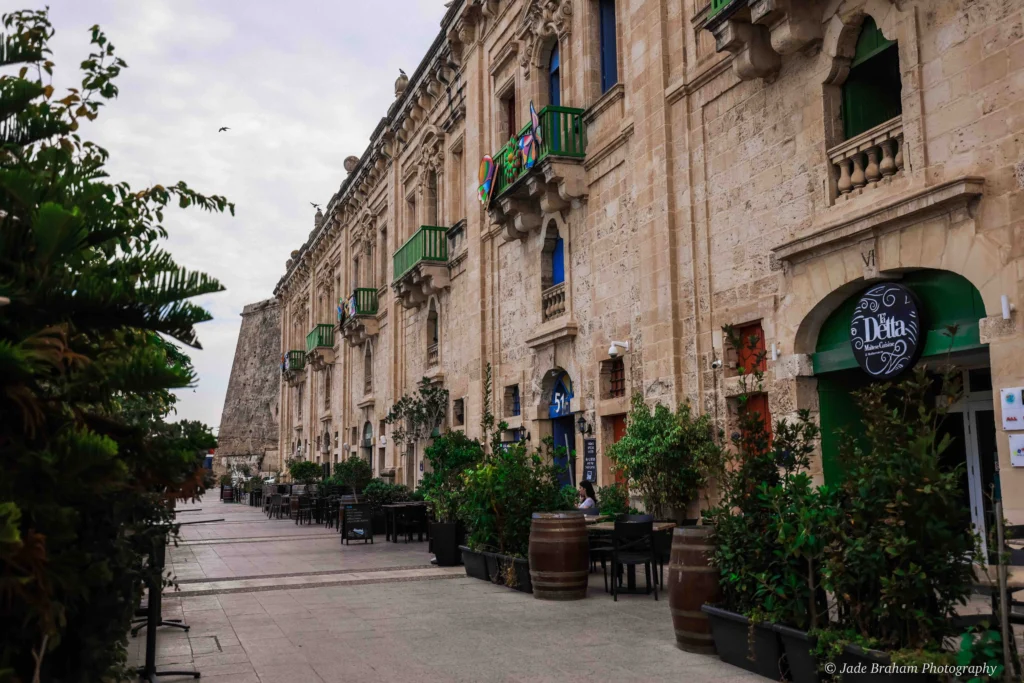
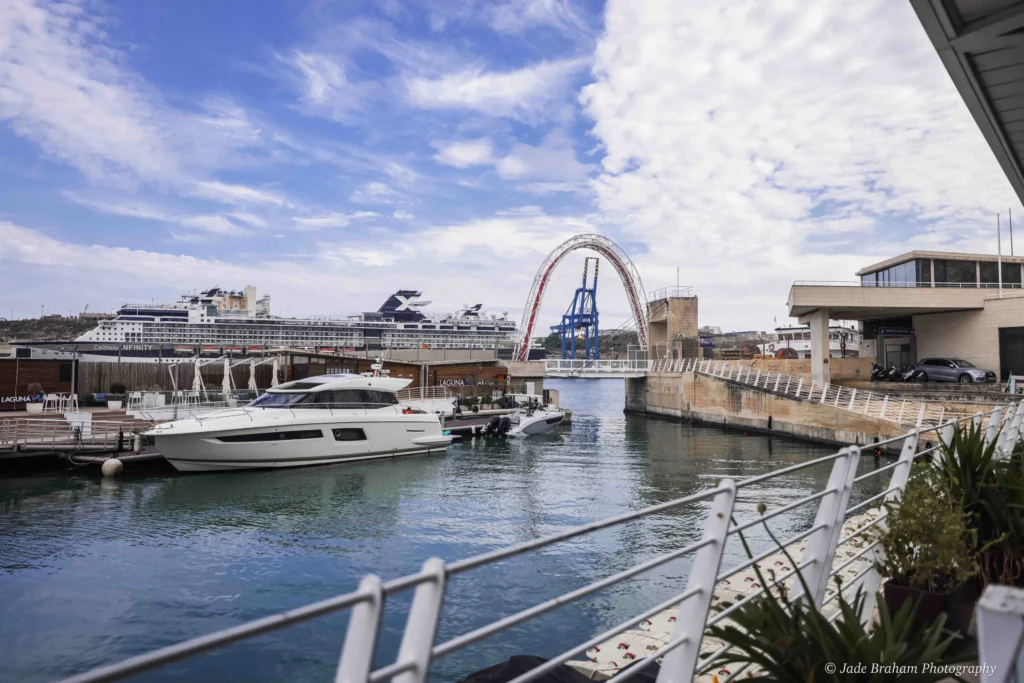
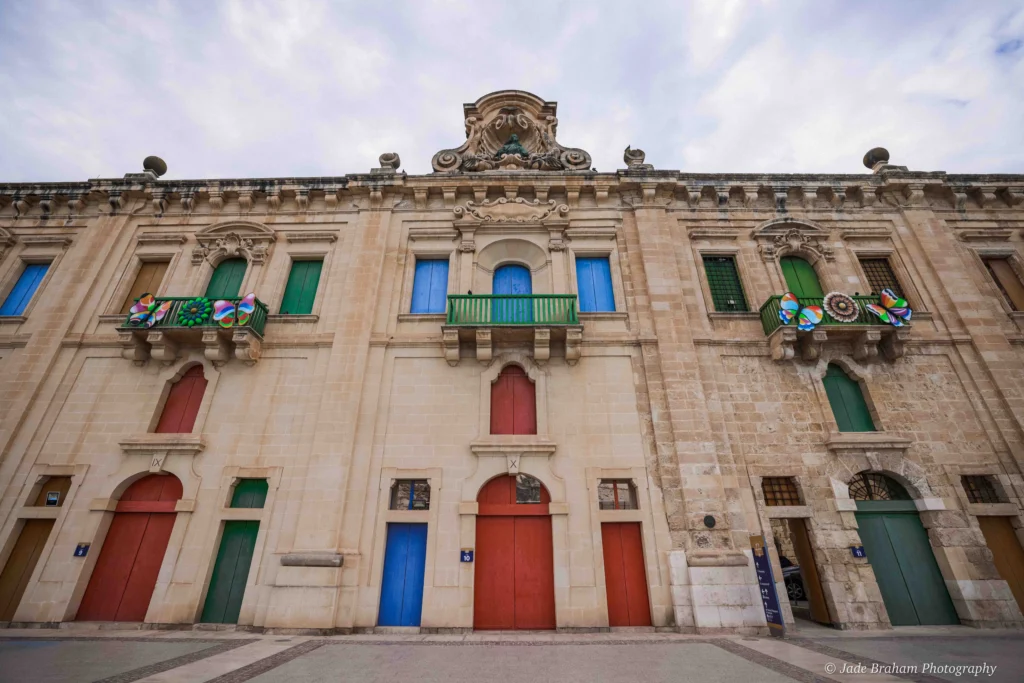
The colour of each building’s doors tells you what it was historically used for; green represents agricultural products, blue is for fish storage, red is for wine, and yellow is for wheat. Surrounding these are several retail outlets, bars and restaurants. We dined at Browns Kitchen and devoured a refreshing tomato bruschetta and vegan pasta.
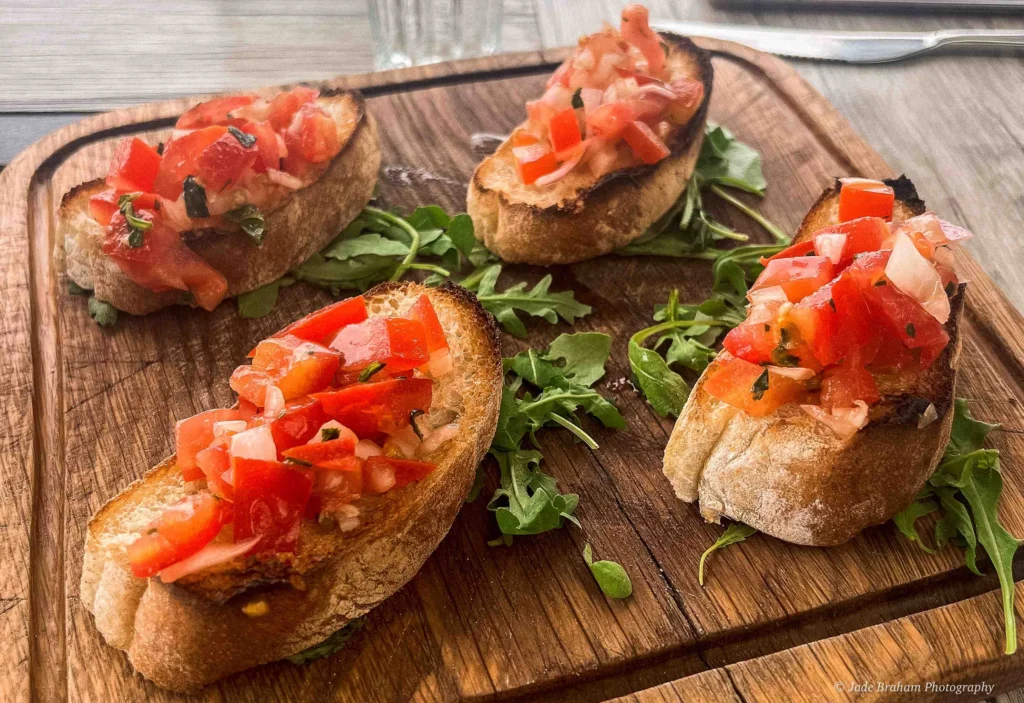
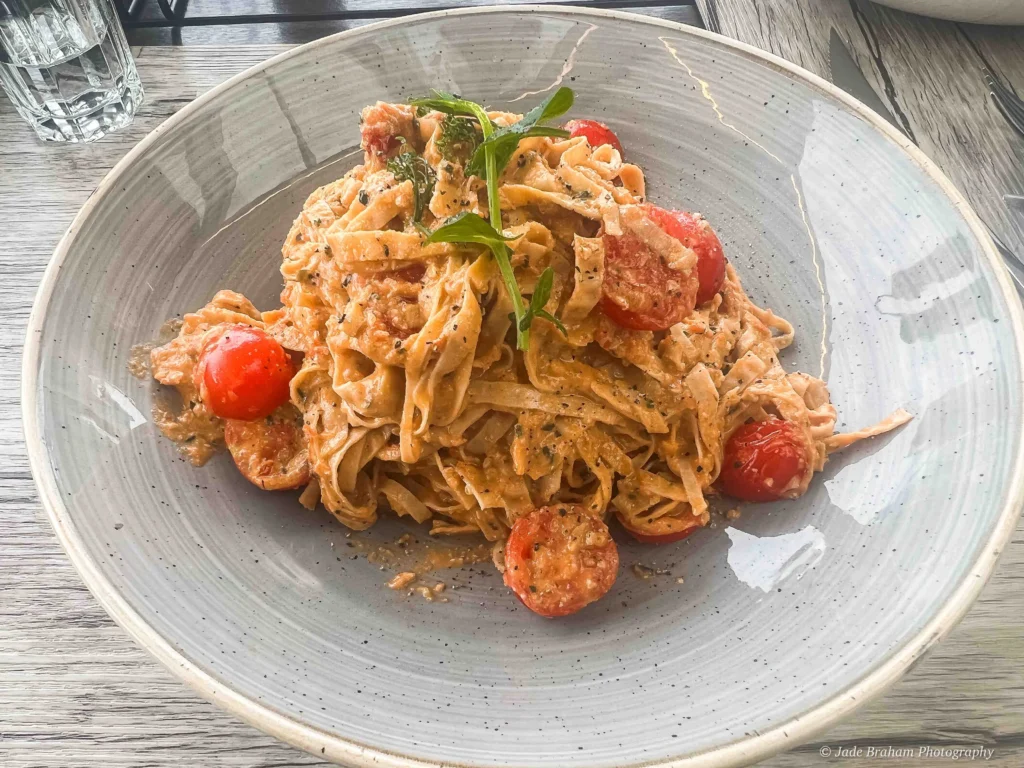
Hotels in Valletta
Palazzo Ignazio is one of the best hotels in Valletta for affordable luxury. It opened in the summer of 2022 and sits on the edge of the old town, blending modern creature comforts with historical artefacts and authentic designs. Firstly, its prime location makes your two days in Valletta car-free and easy to explore. Plus, Palazzo Ignazio is a four-star hotel ideal for all types of travellers. Couples will adore the suites with jacuzzis, while the standard rooms are great for twin and double beds. Secondly, all rooms have essential amenities like tea and coffee-making equipment, shower gel, shampoo and conditioner, and bottled water.
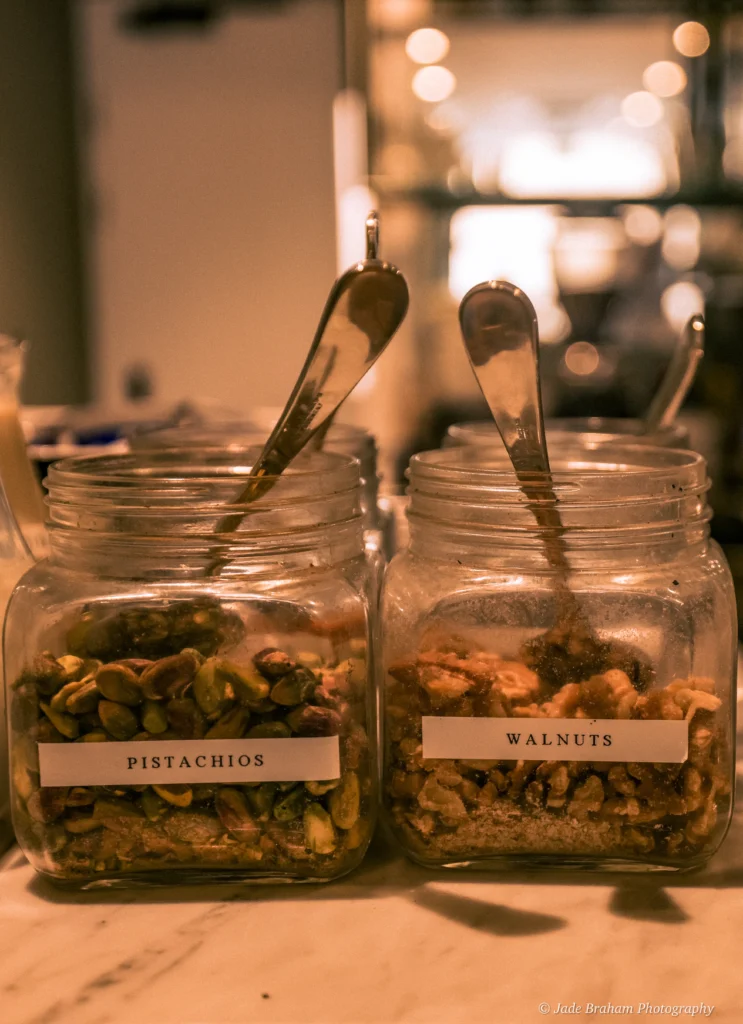
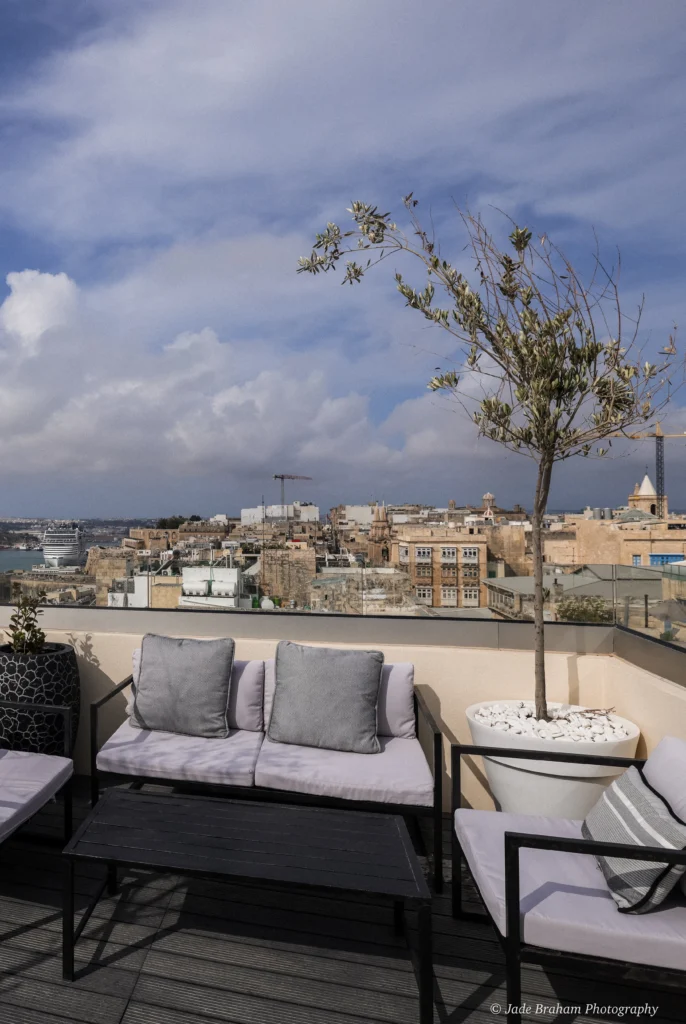
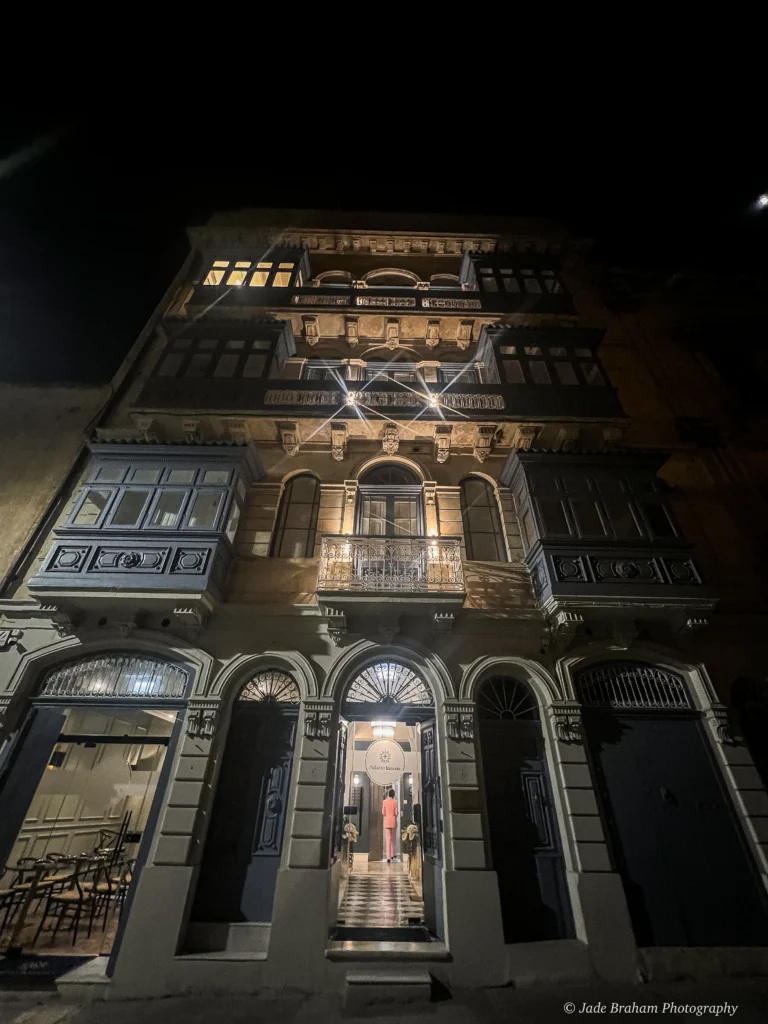
Each morning, The Café – next to Palazzo Ignazio’s reception – serves a continental breakfast including cereals, tomatoes, bread, hams, cheeses, freshly squeezed orange juice and pastries. The croissants and pain au chocolate will have you returning for seconds – I can promise you that! Also, the Rooftop Bar is fantastic for ocean views and cocktails, while the full-service spa offers a quiet oasis in the heart of the city. The spa has a jacuzzi, a sauna and an outdoor seating area. I recommend letting experienced hands pummel the jet lag out of you in the massage room.
What would you like to do during your holiday to valletta?
If you have been on a holiday to Valletta, I’d love to hear about your experience and the top things you did in the city.
If you haven’t been to Valletta, what are you looking forward to seeing? Will you add the city to your Malta travel itinerary? Comment below—I’d love to hear about your holiday plans!
LIKE IT? PIN IT FOR LATER!
